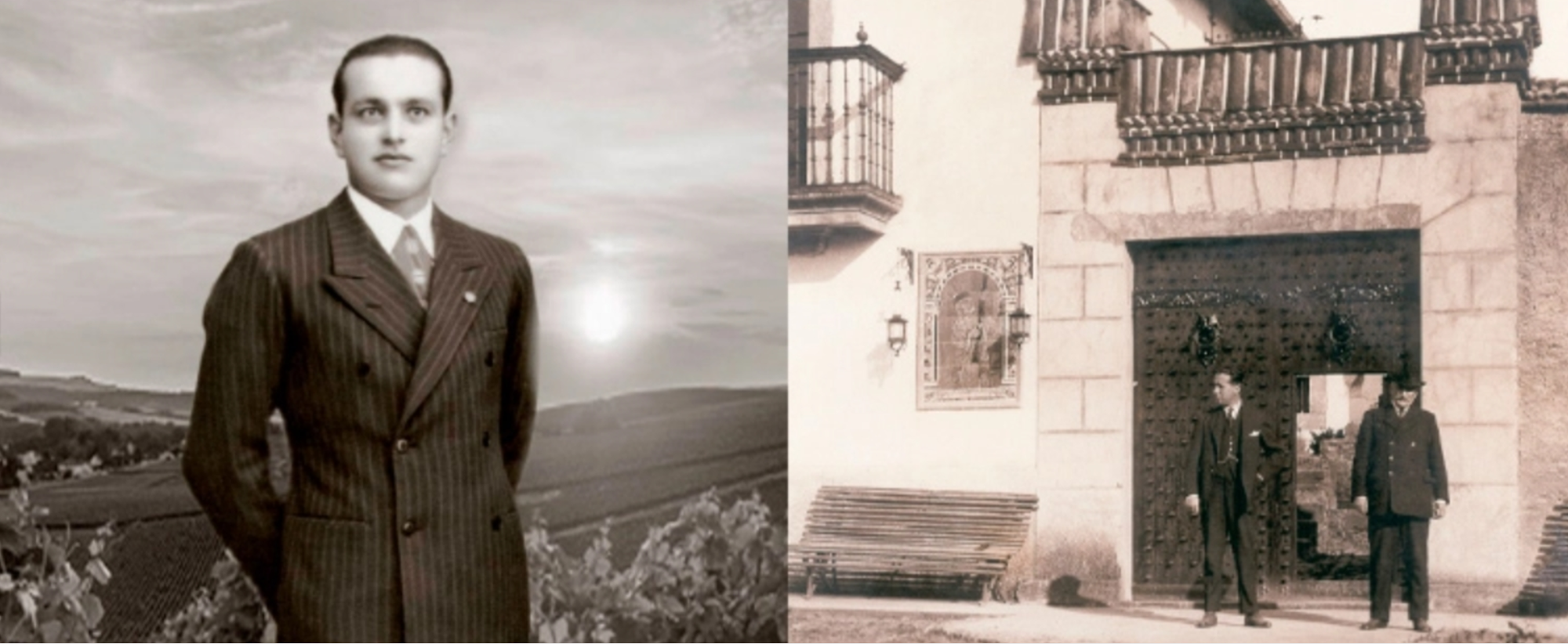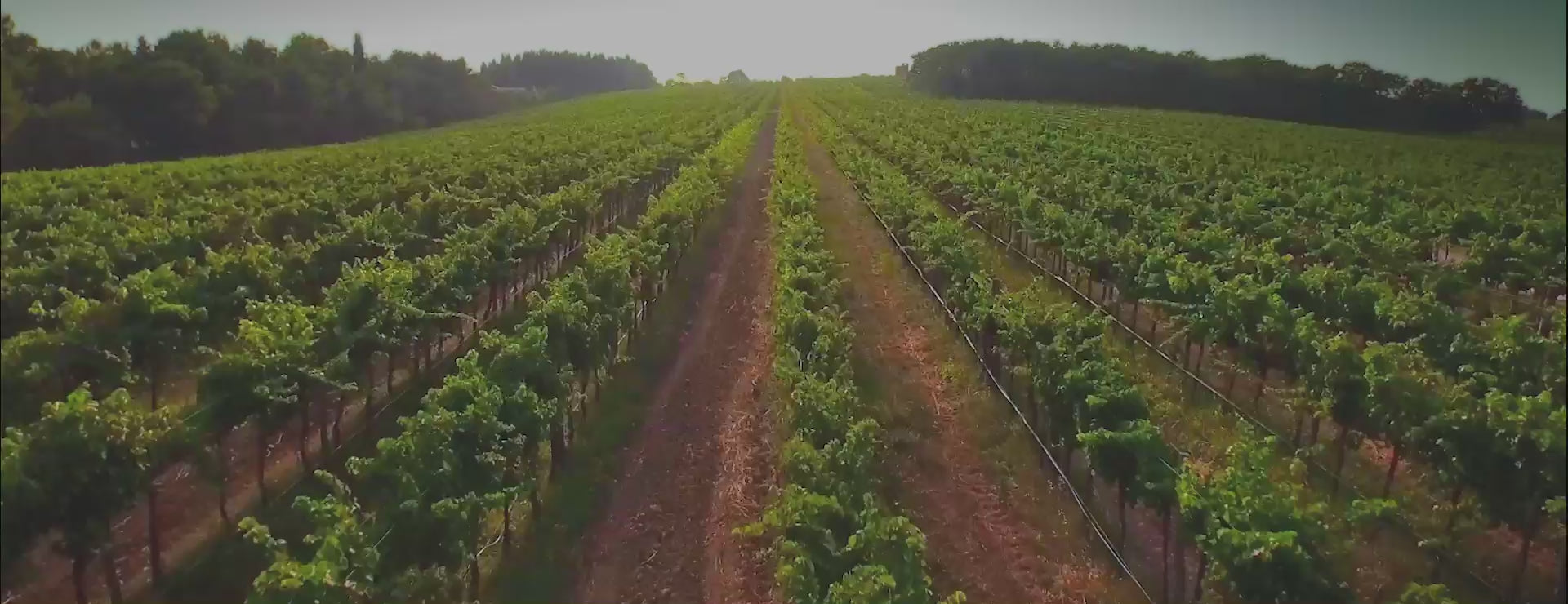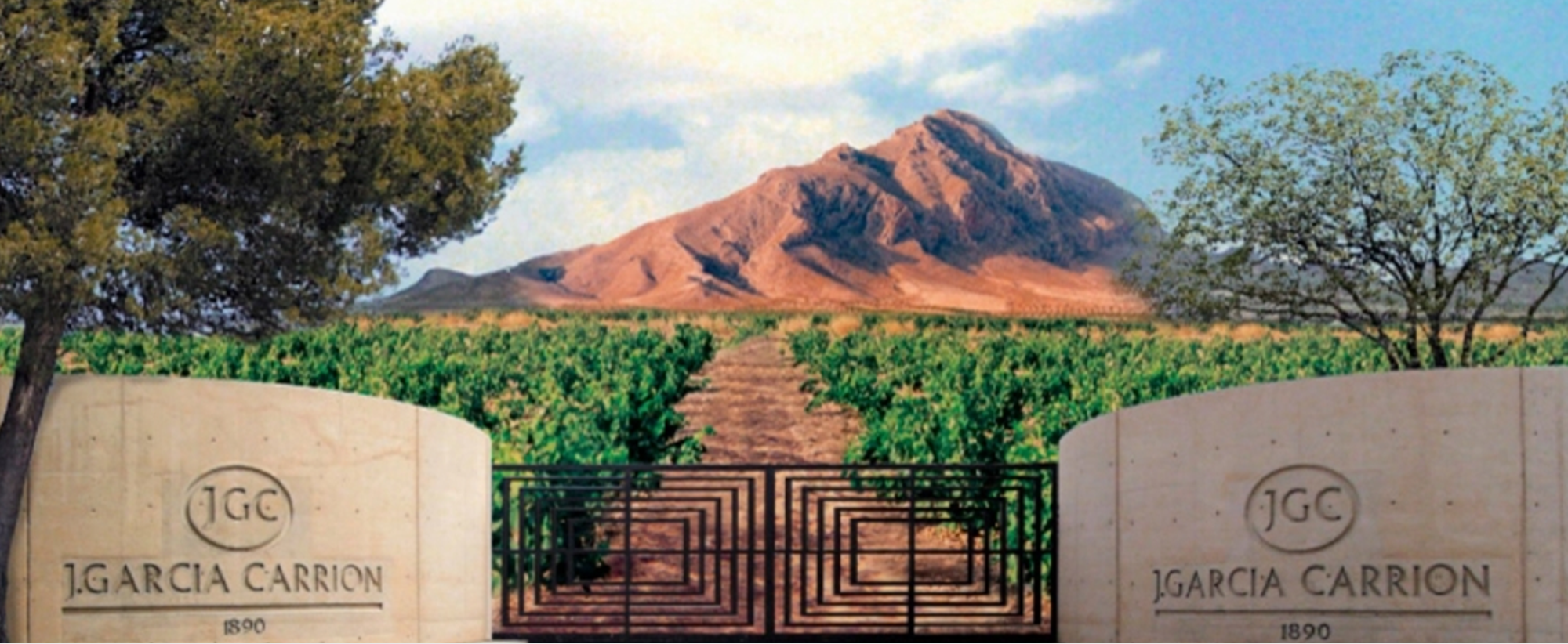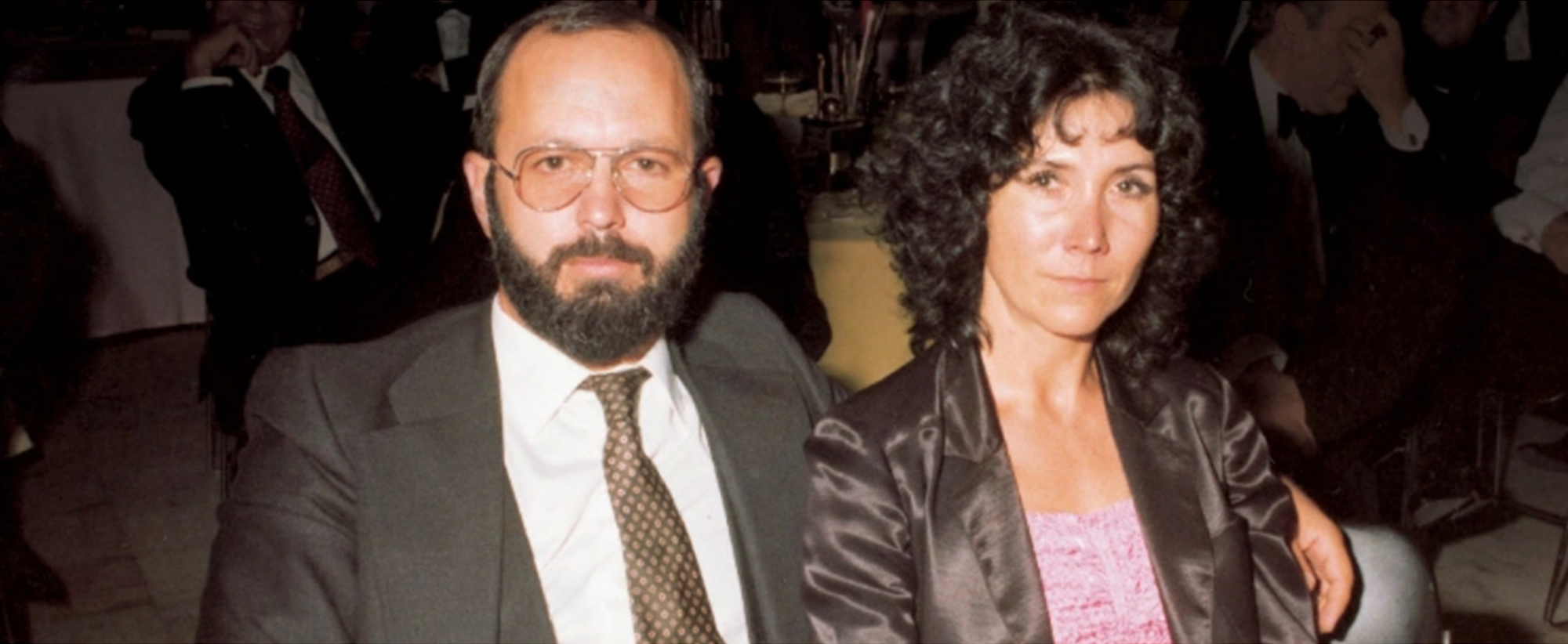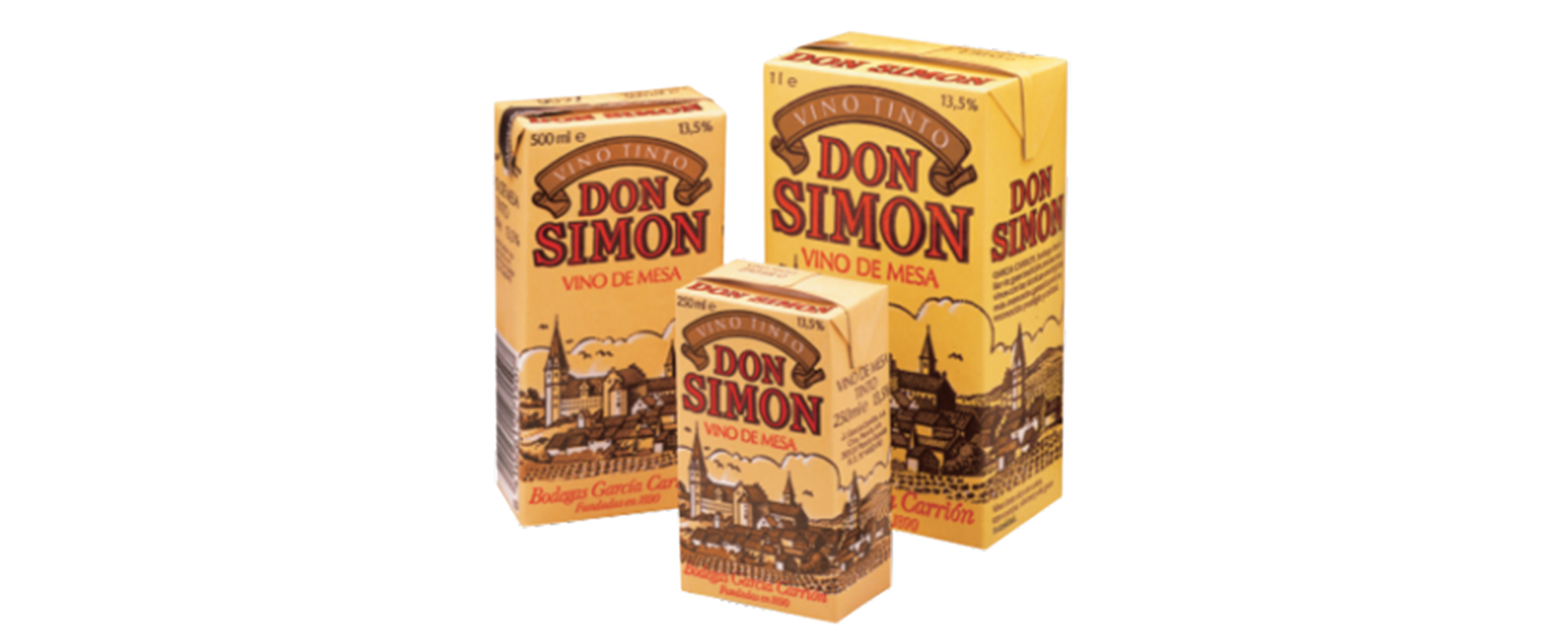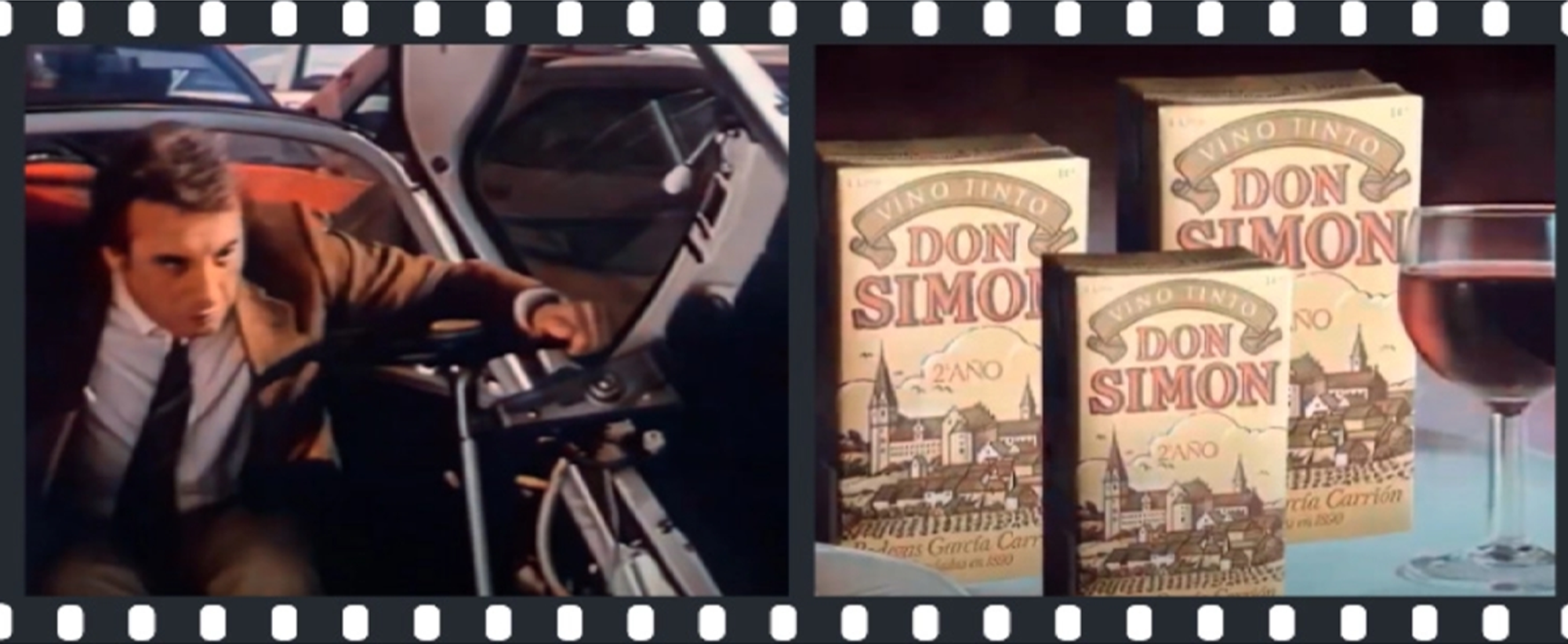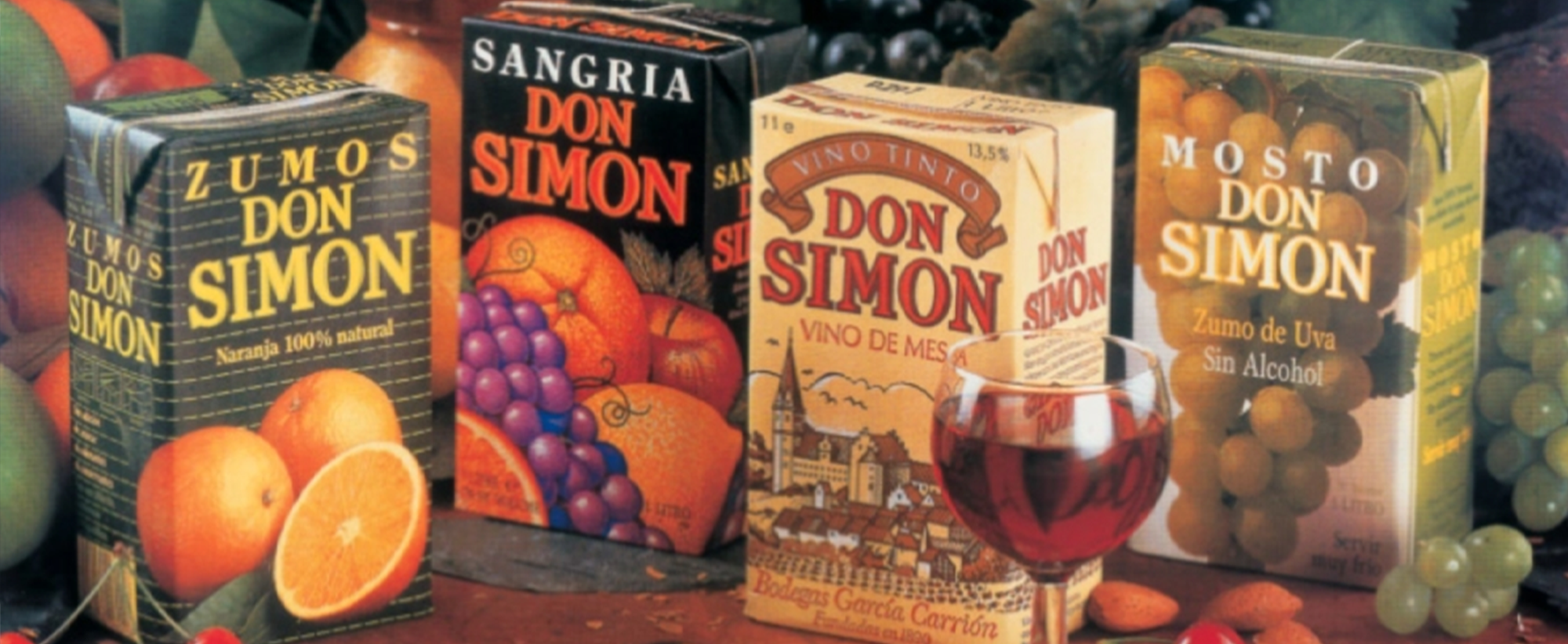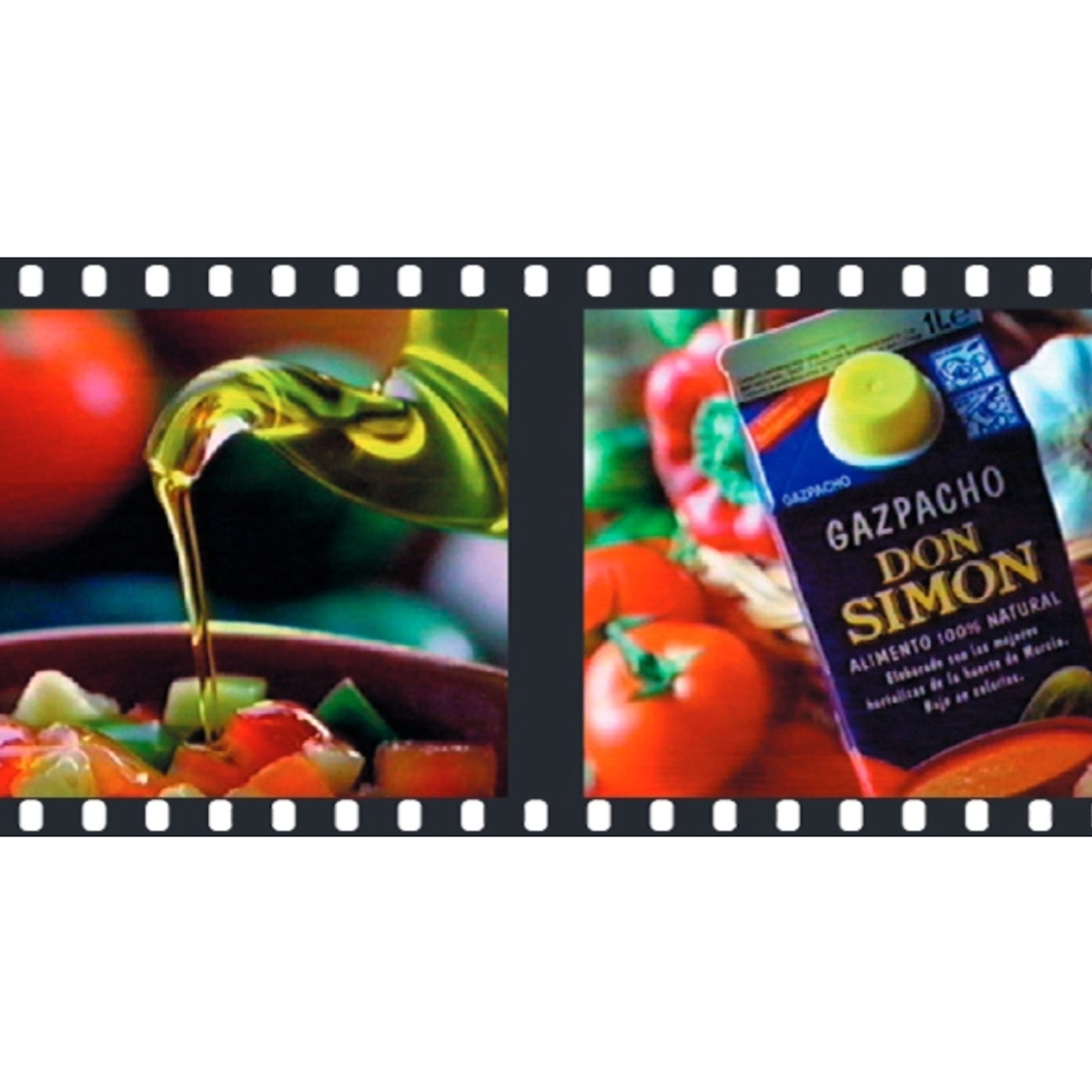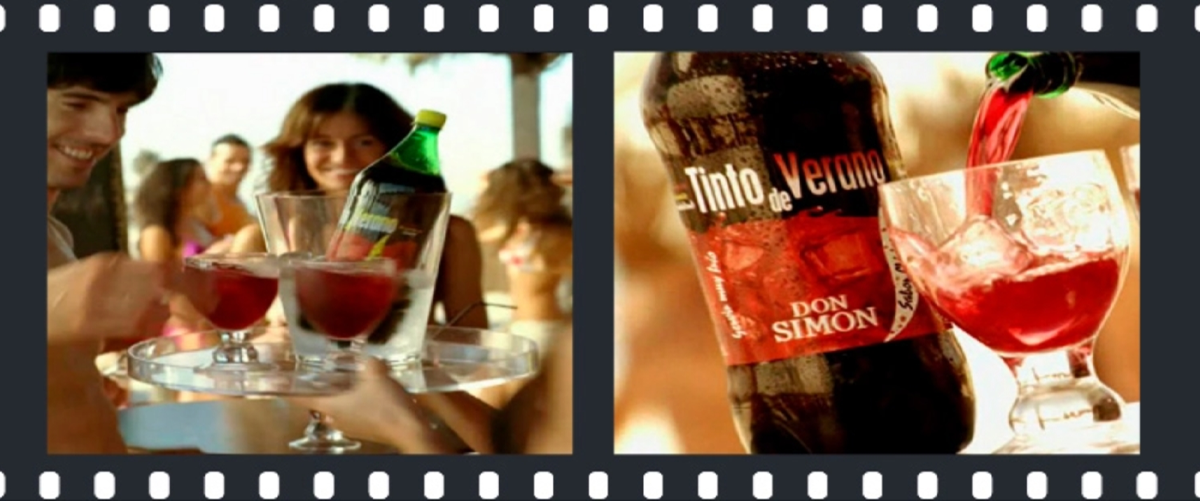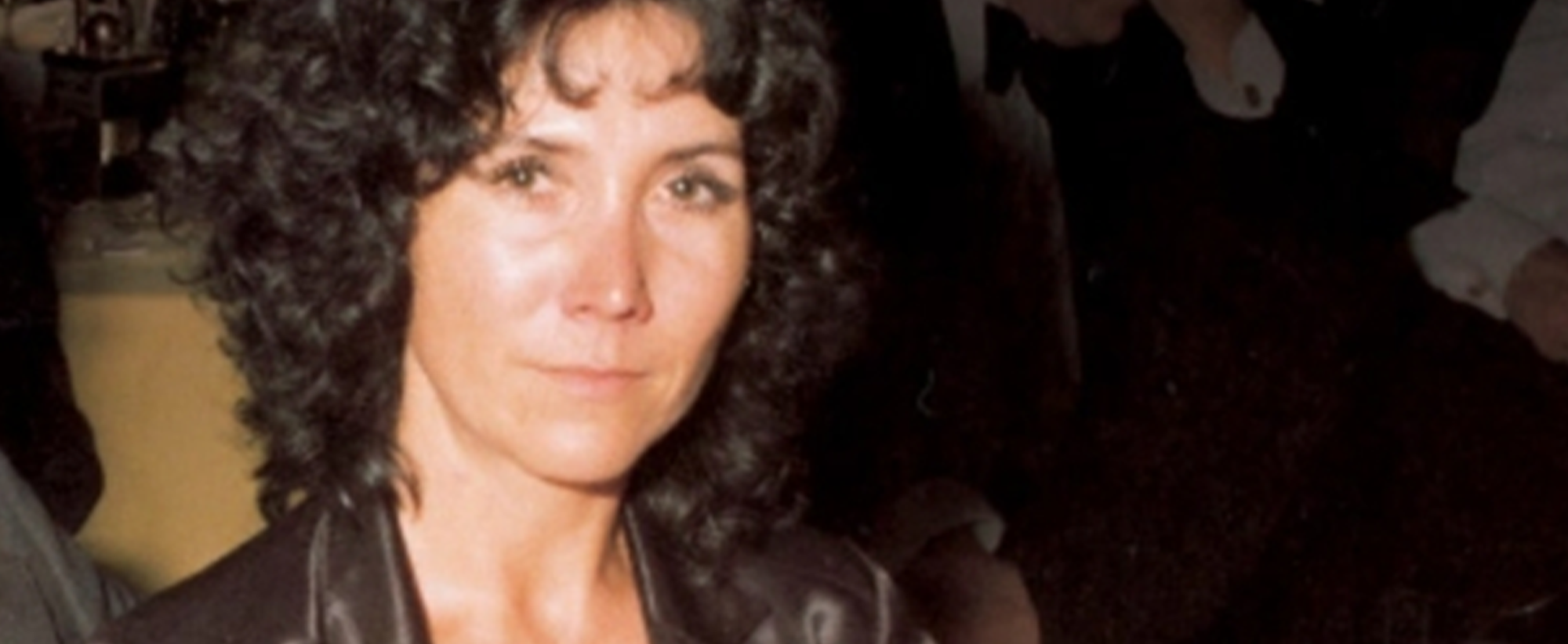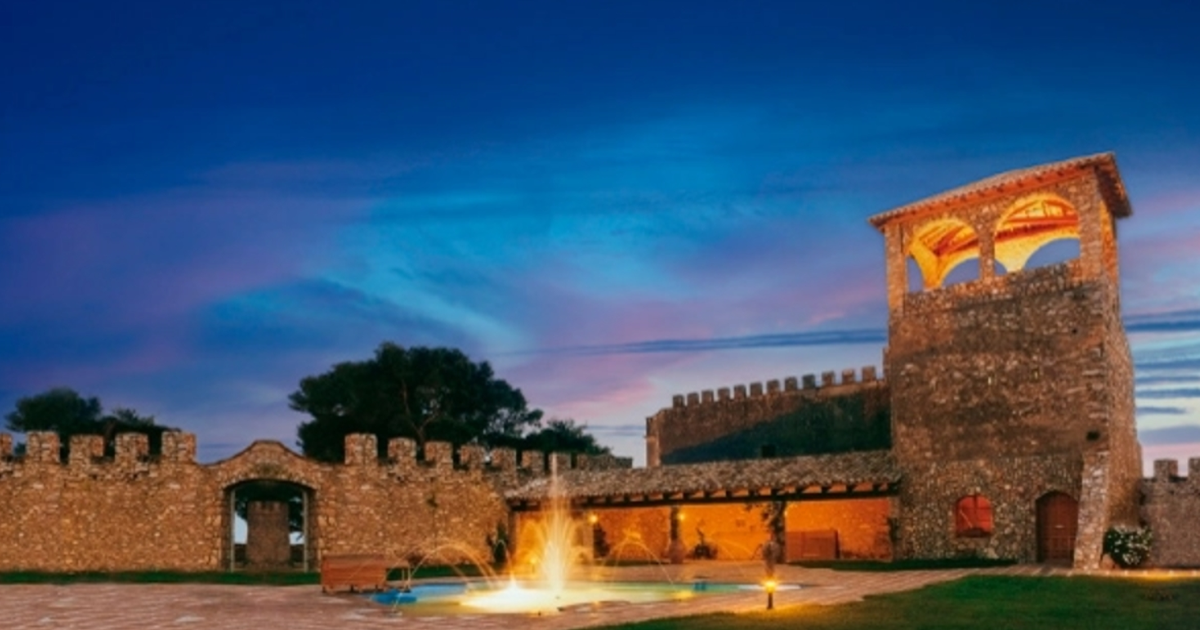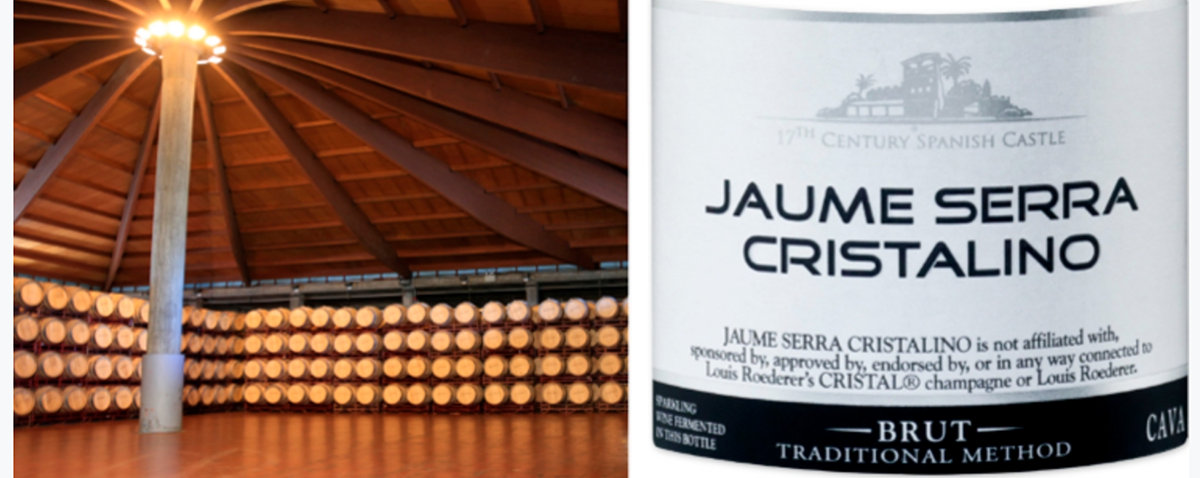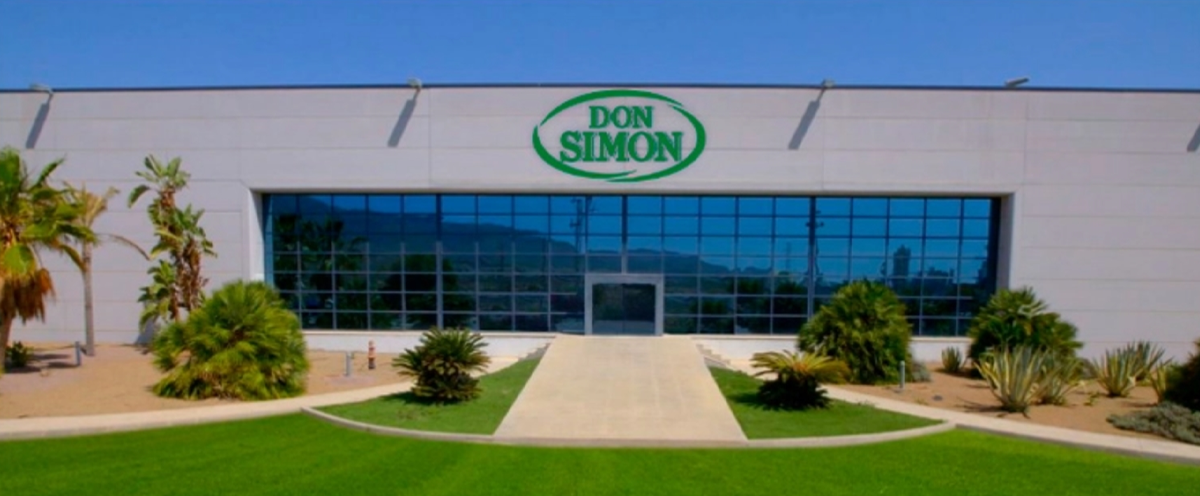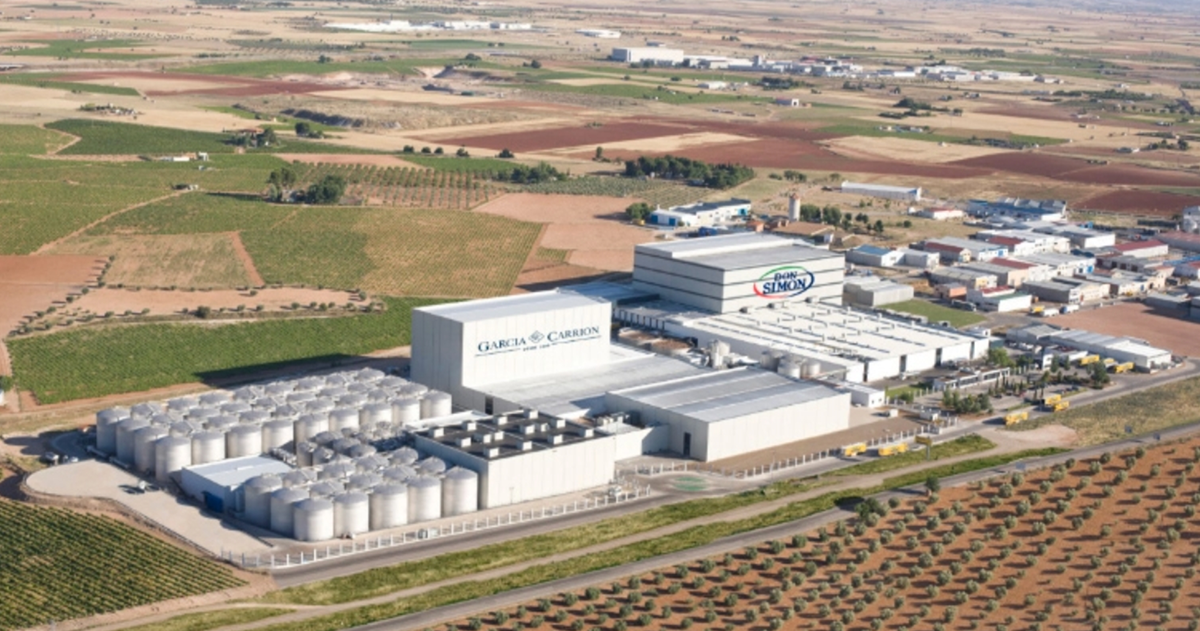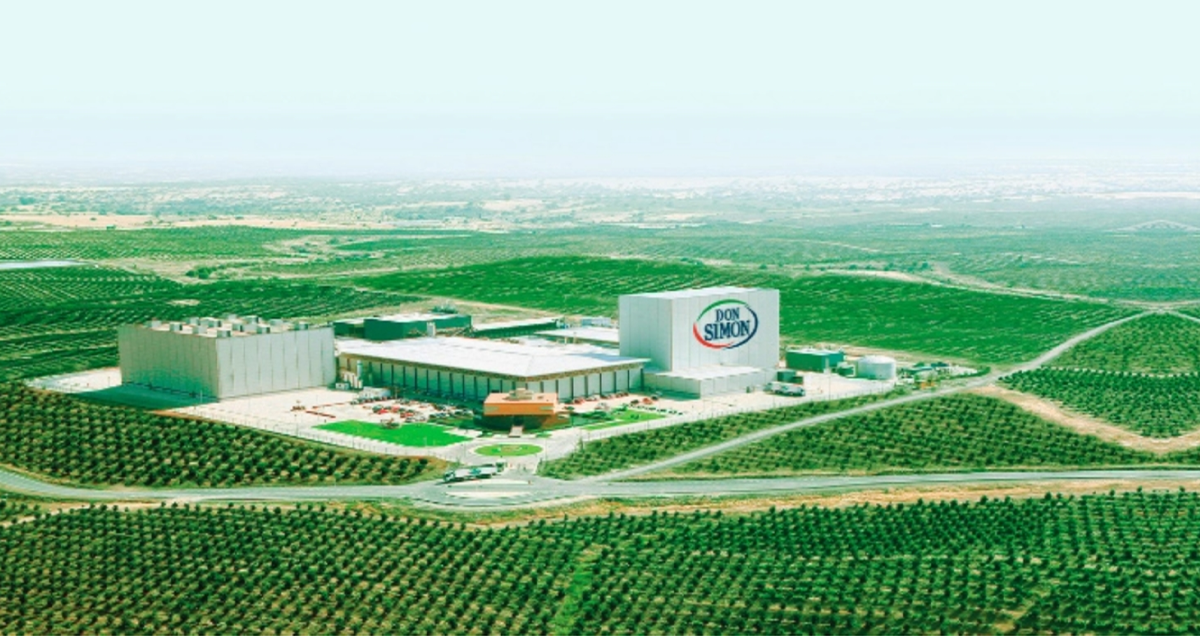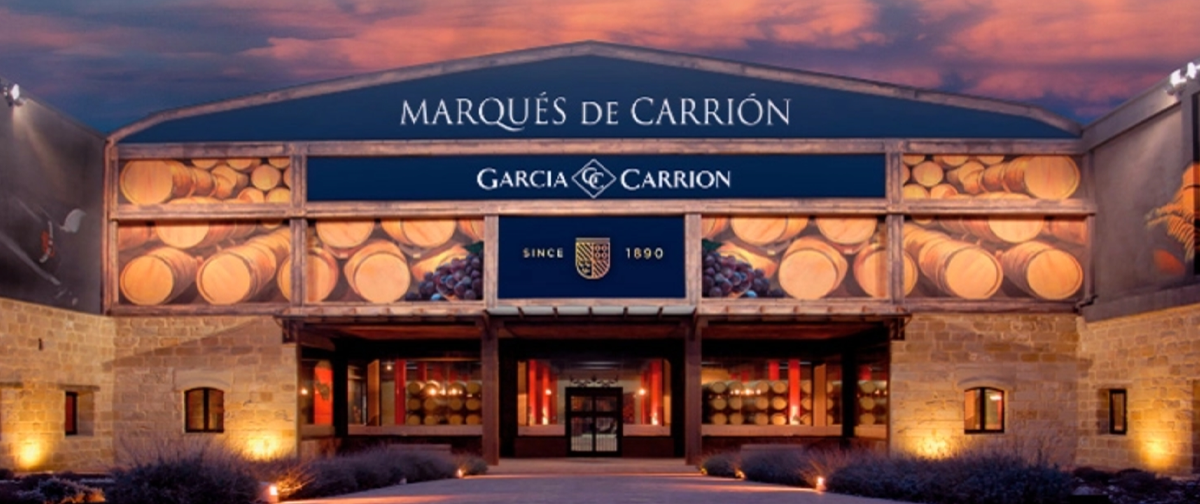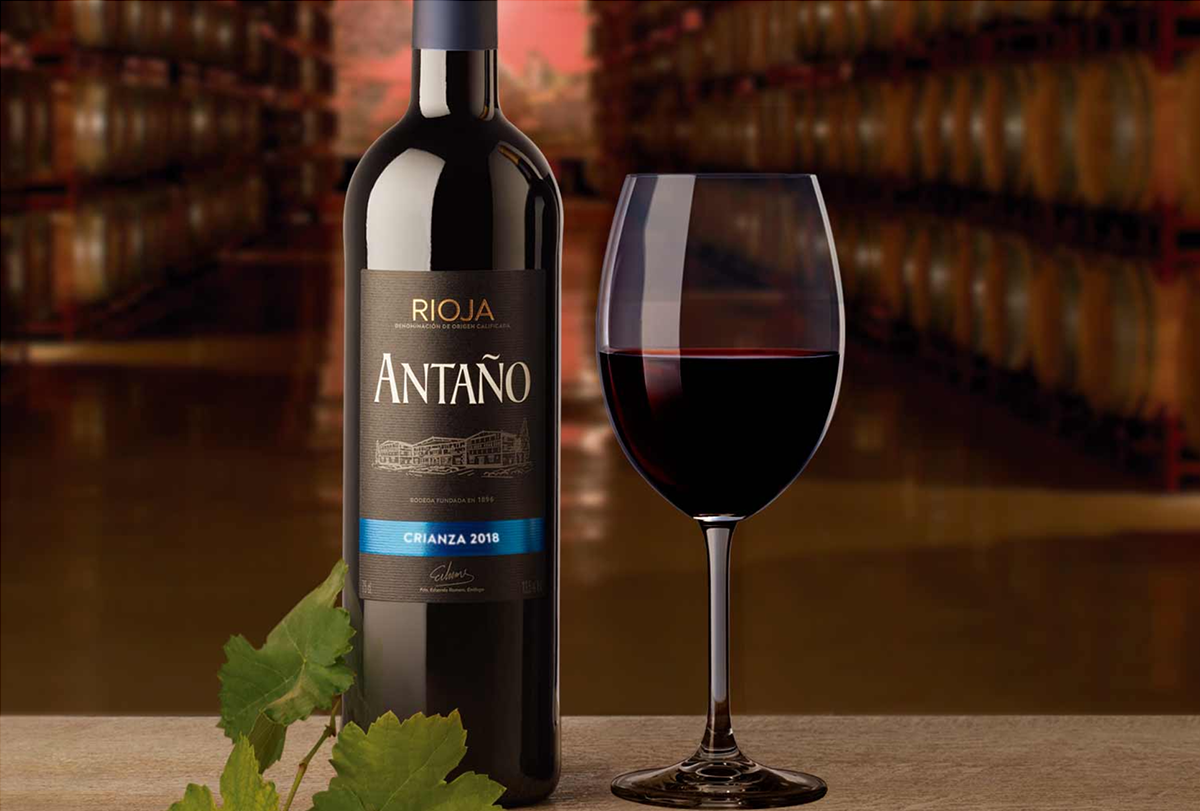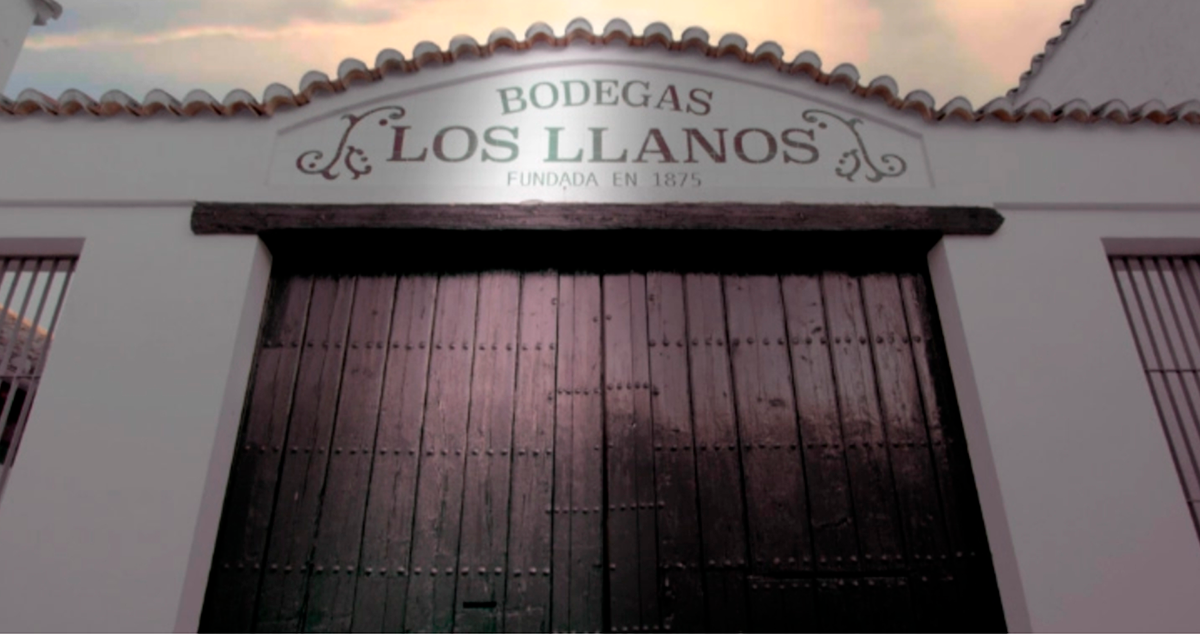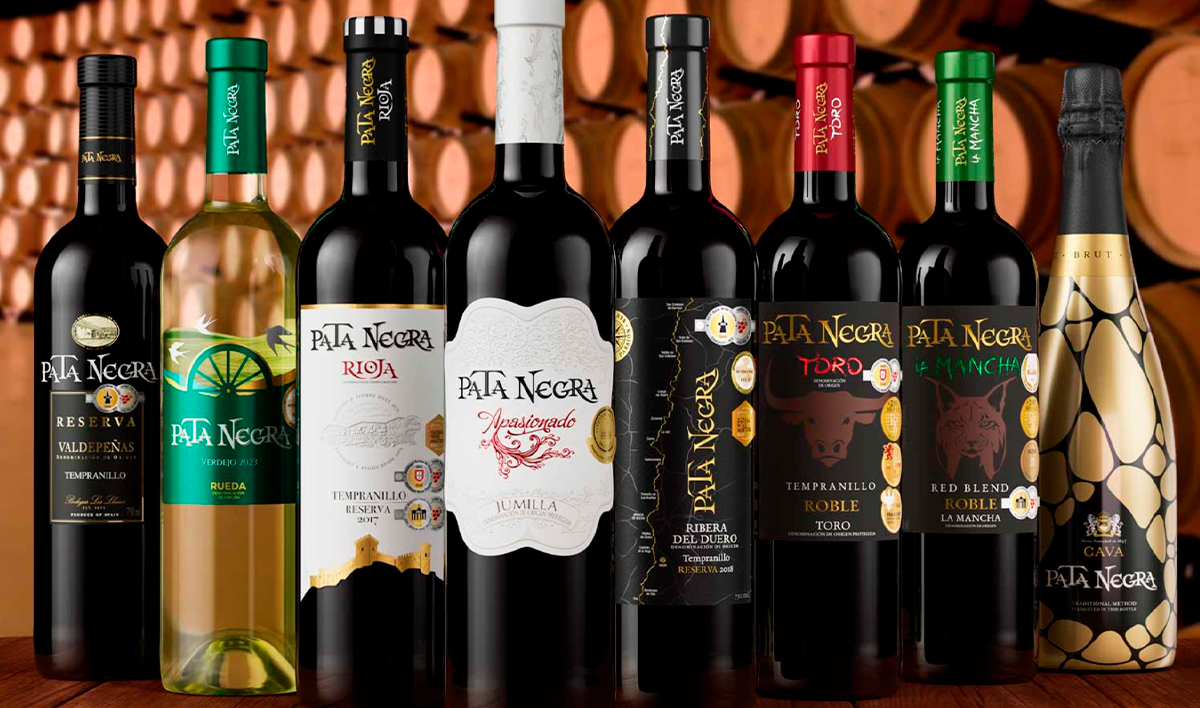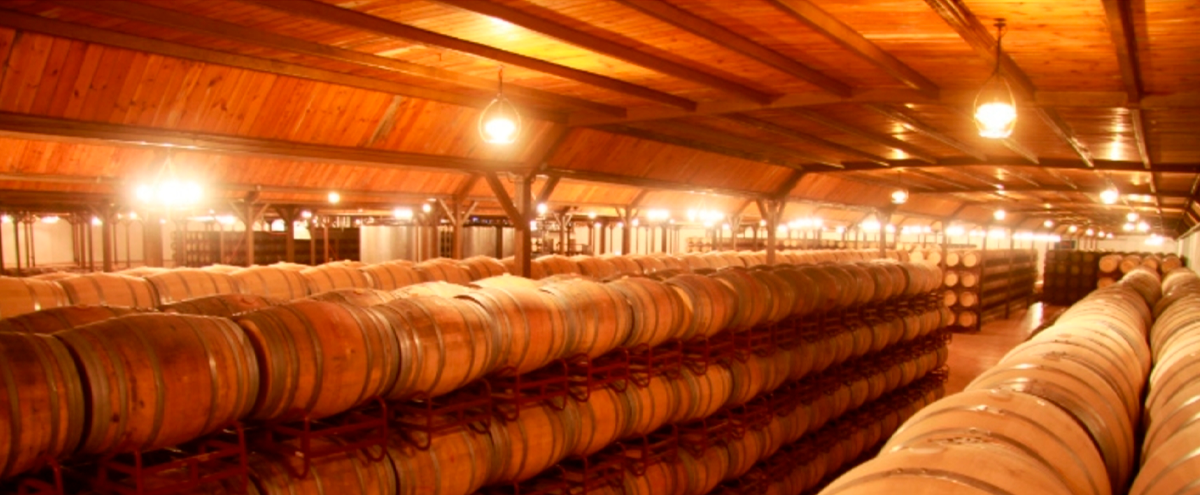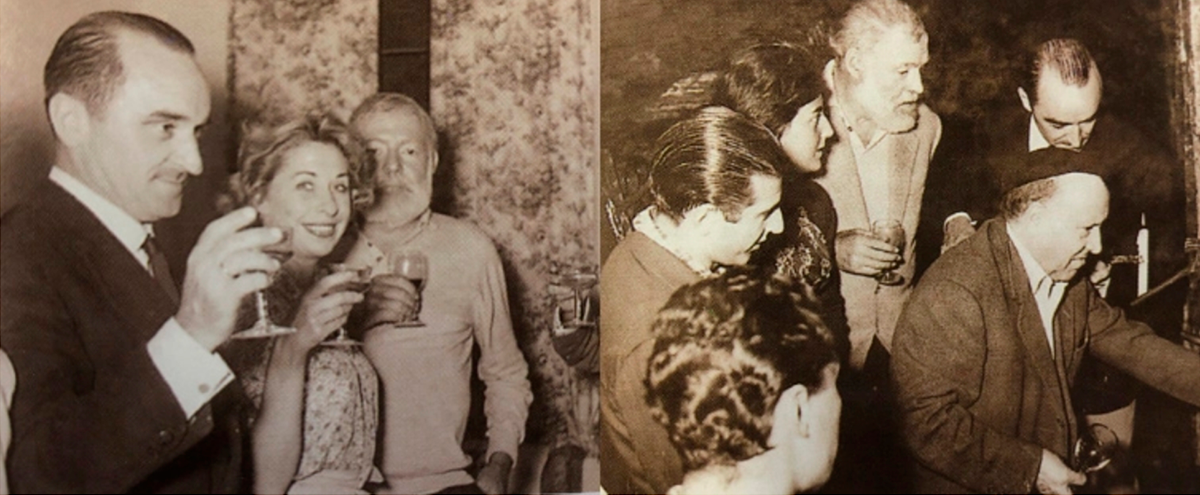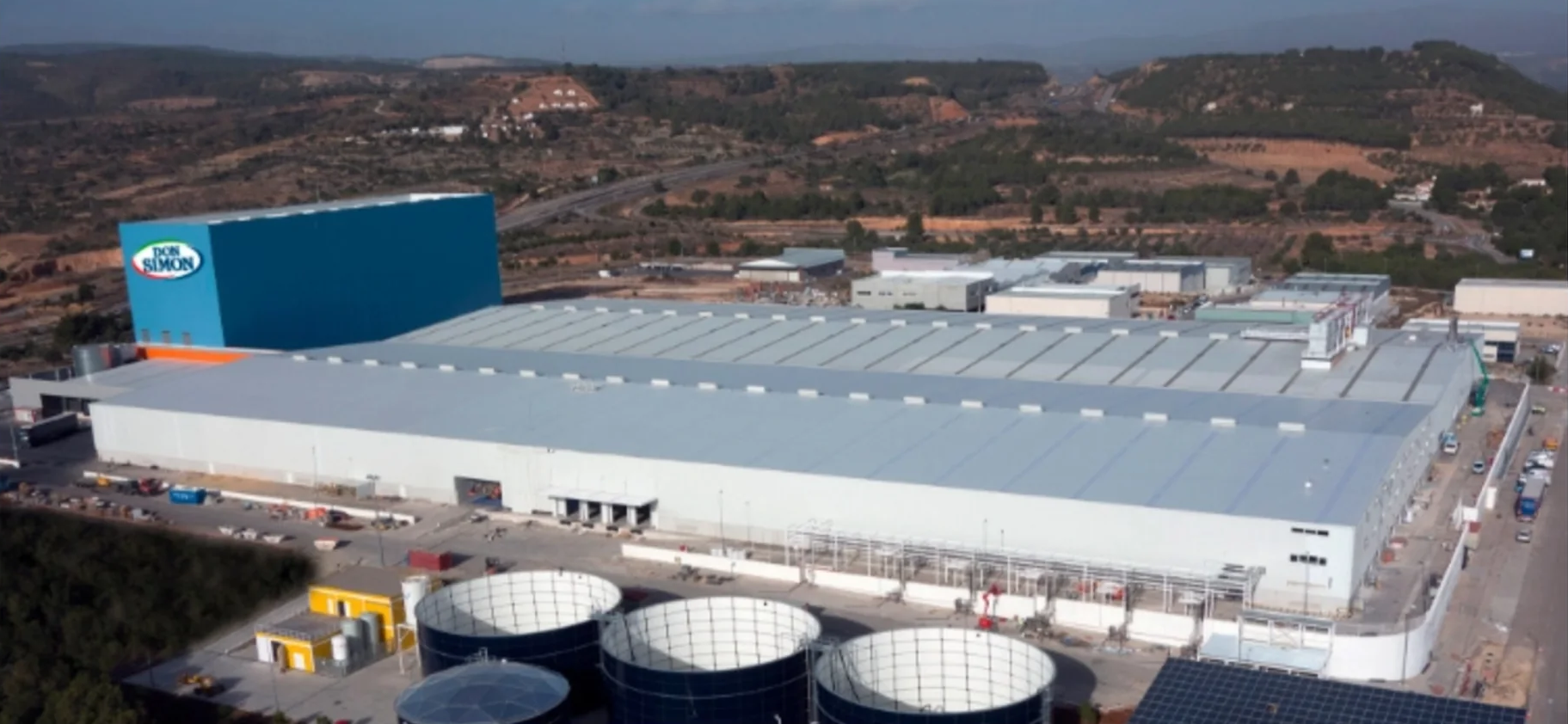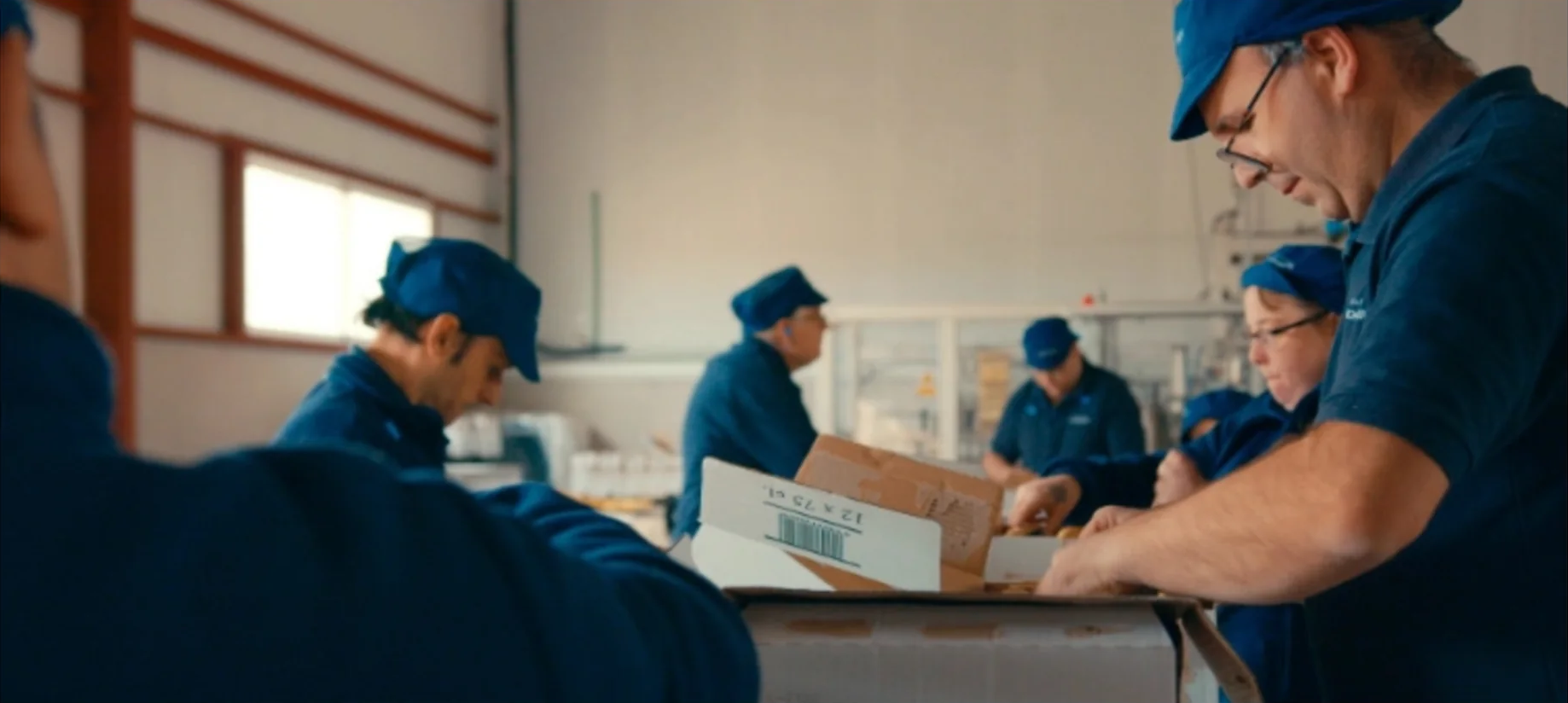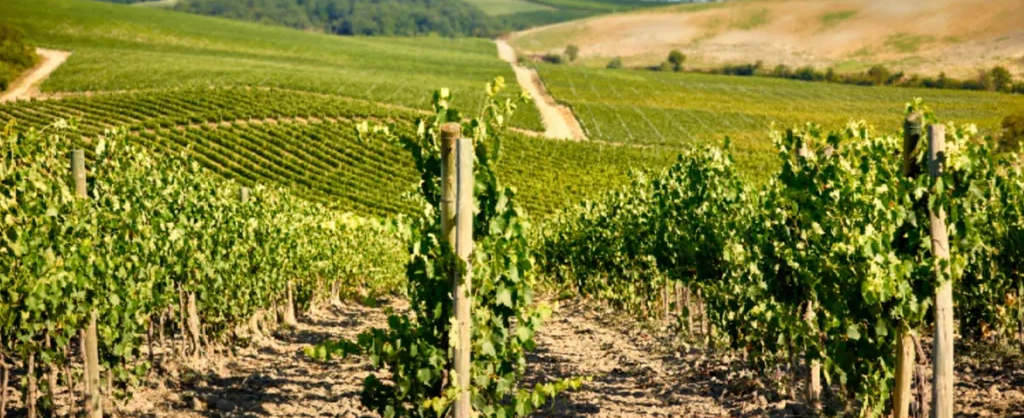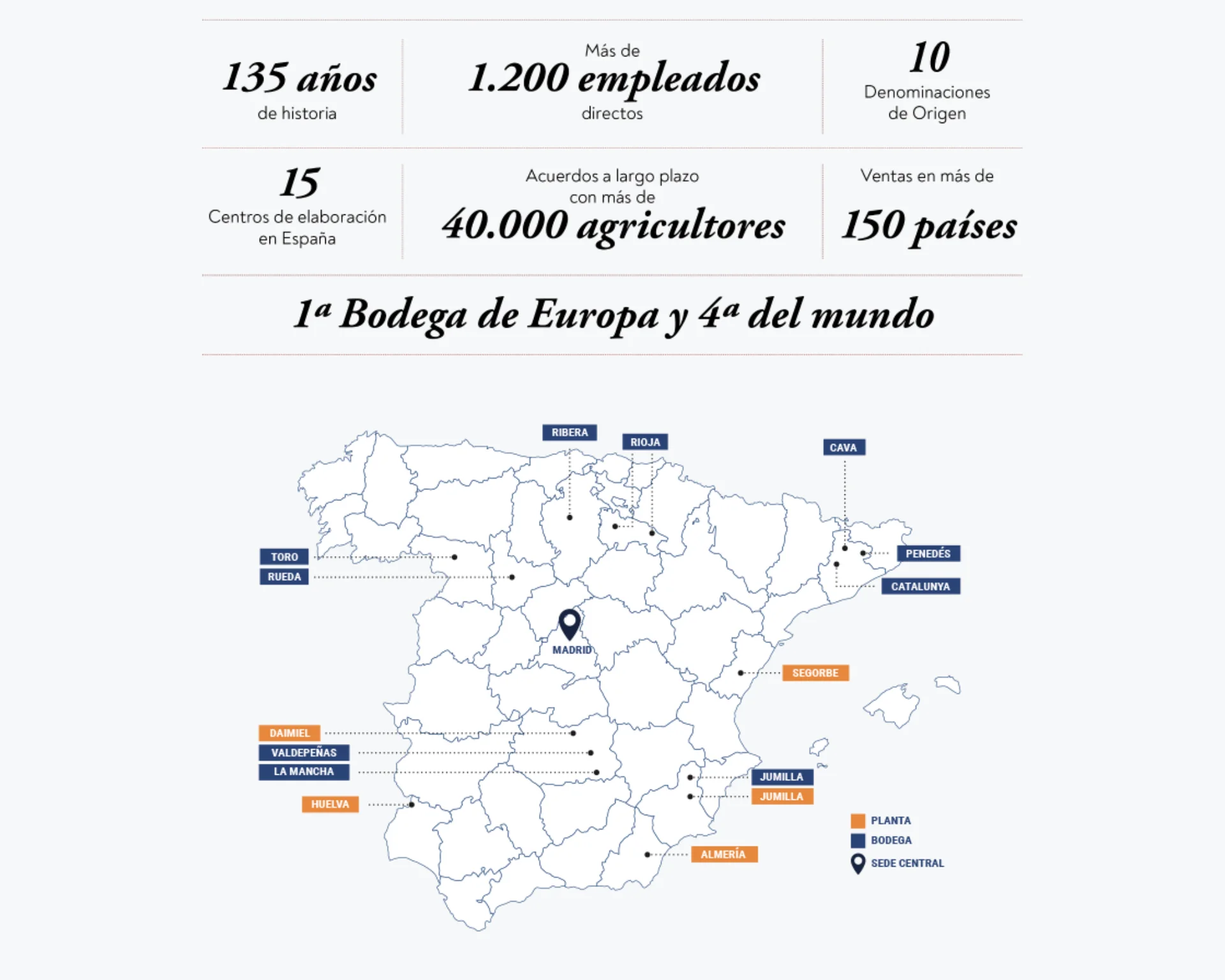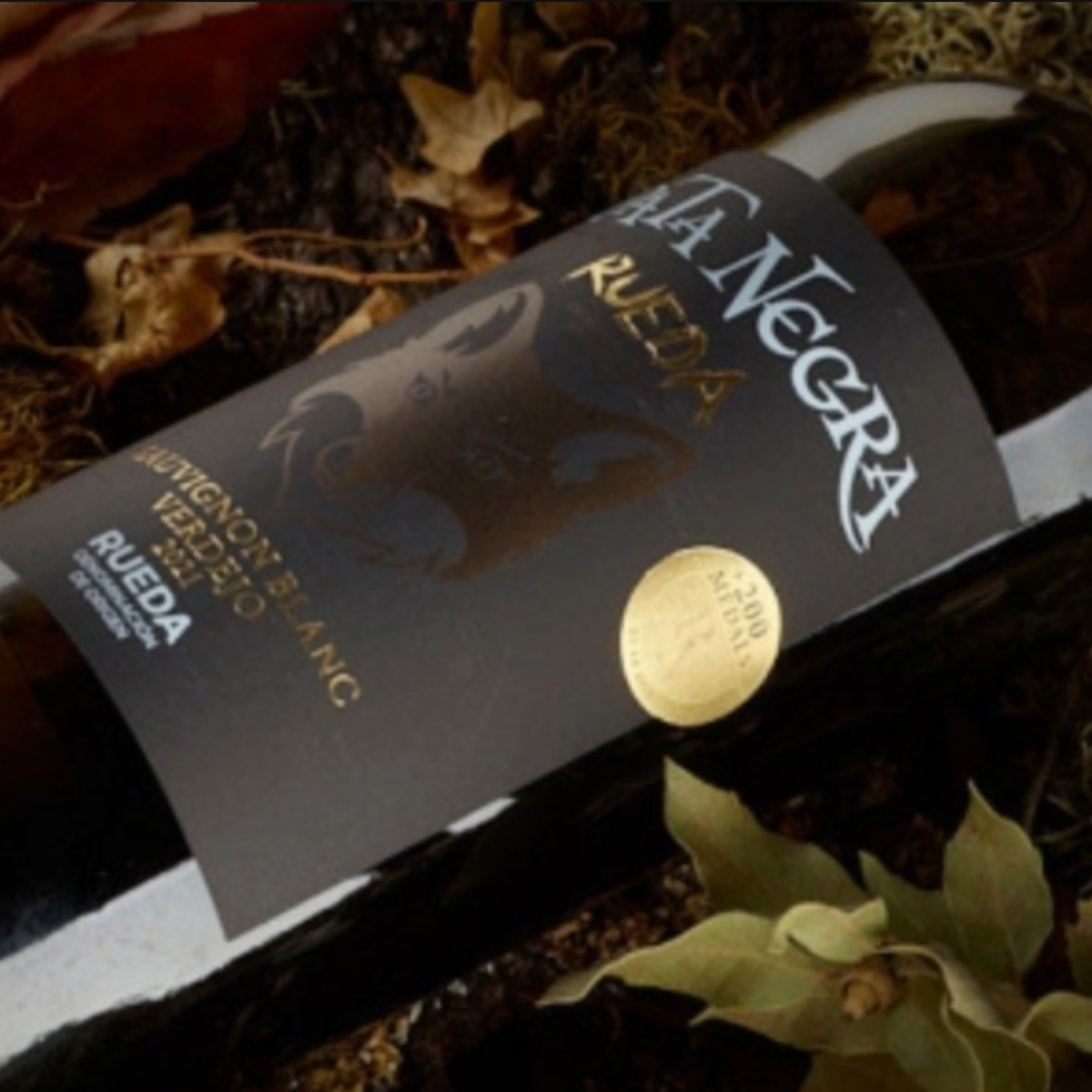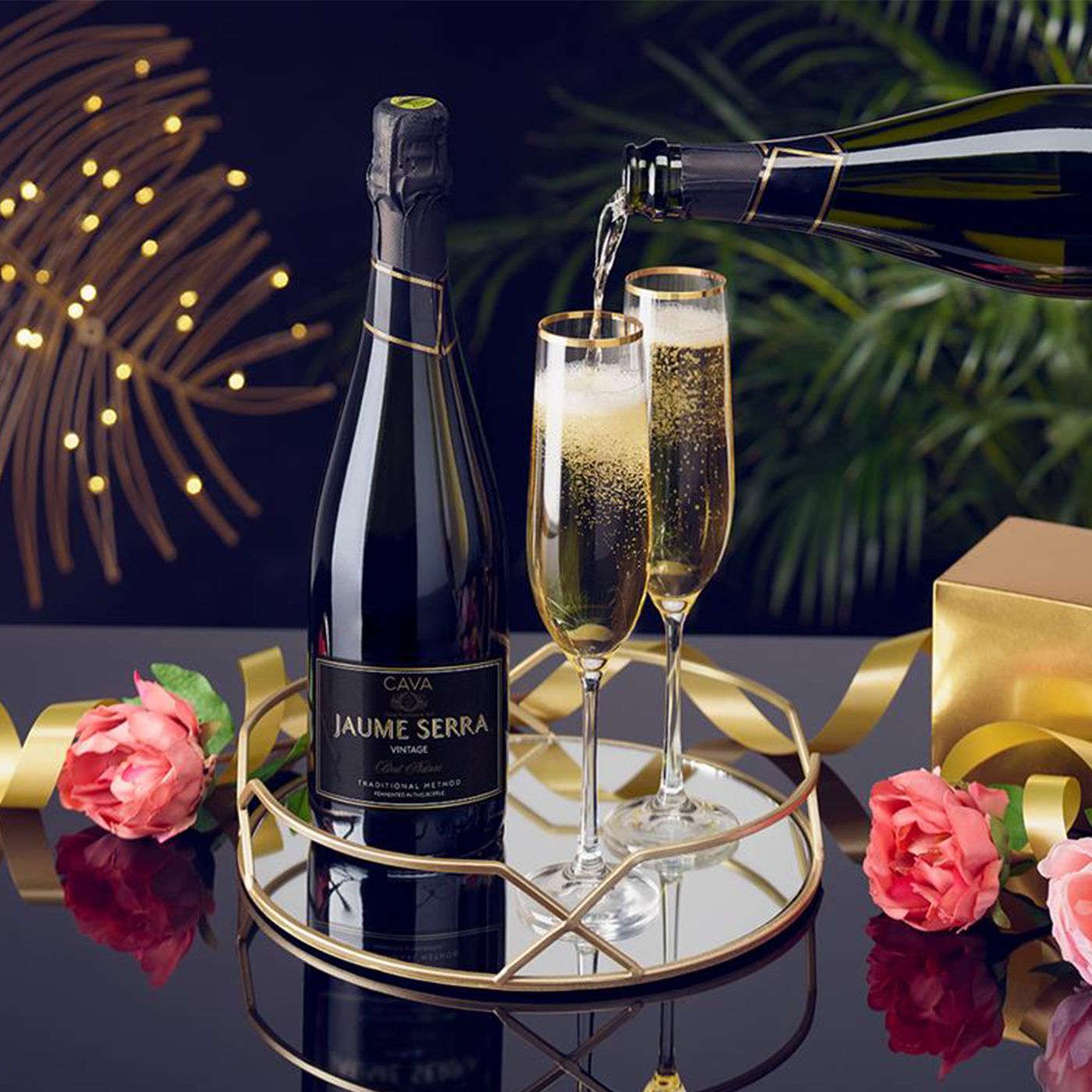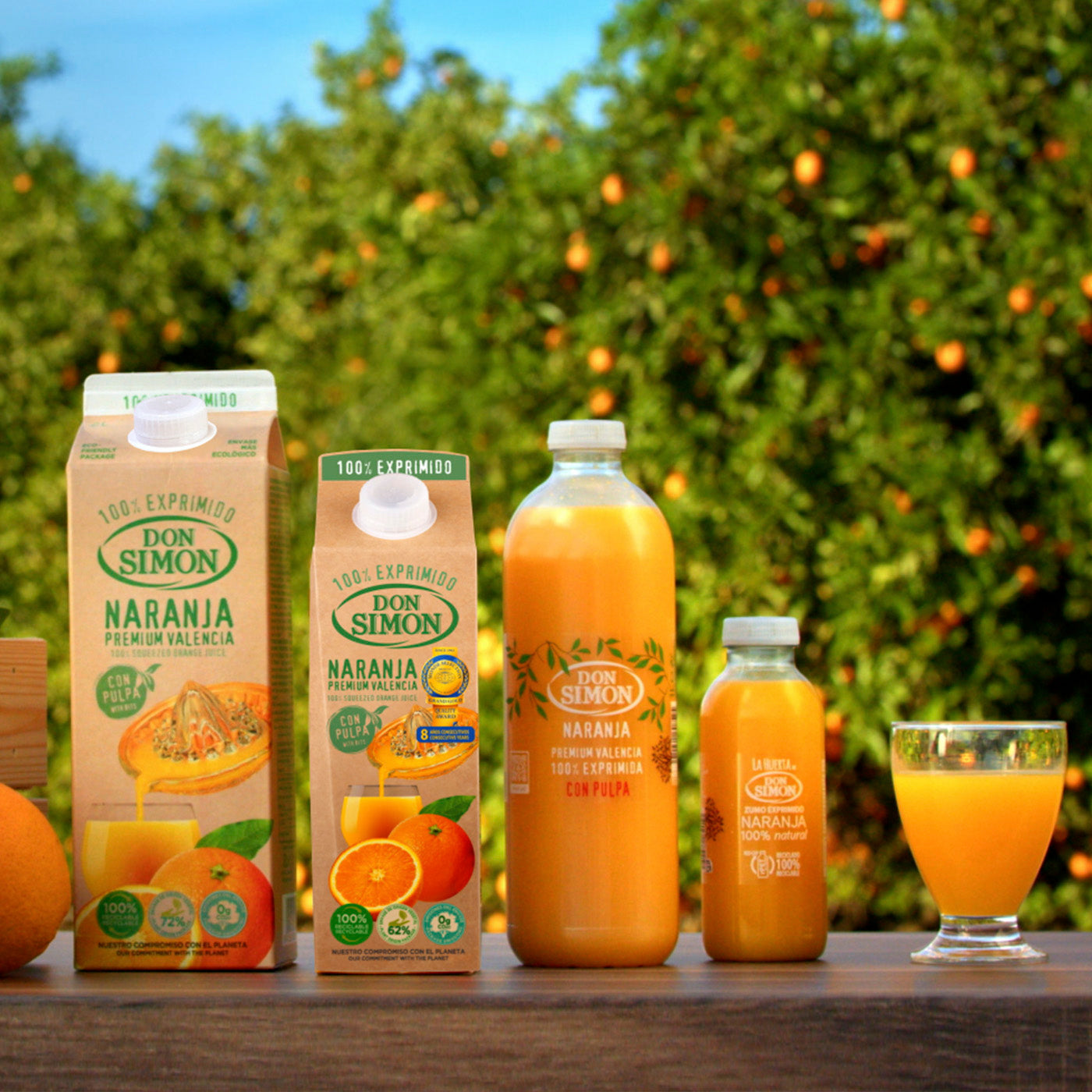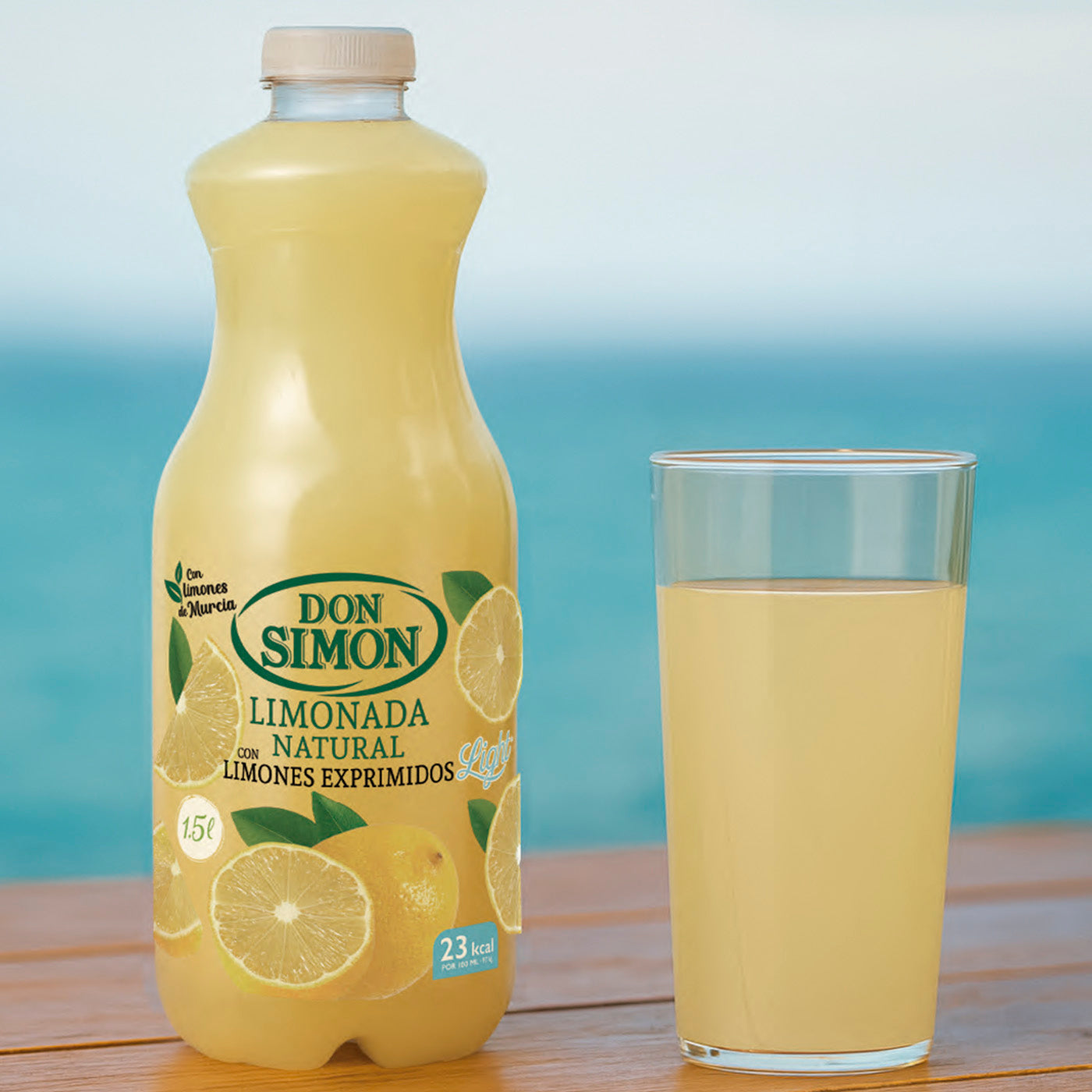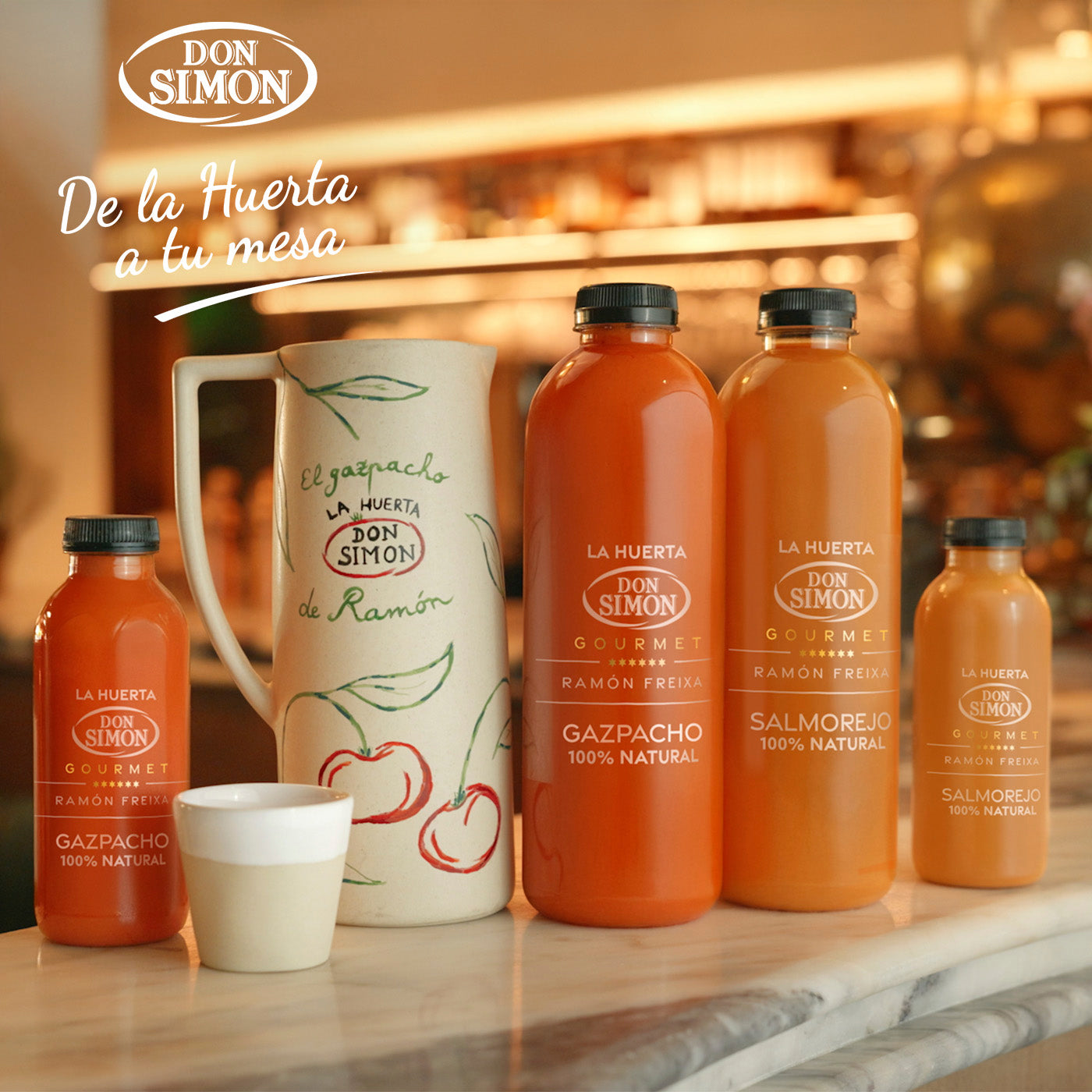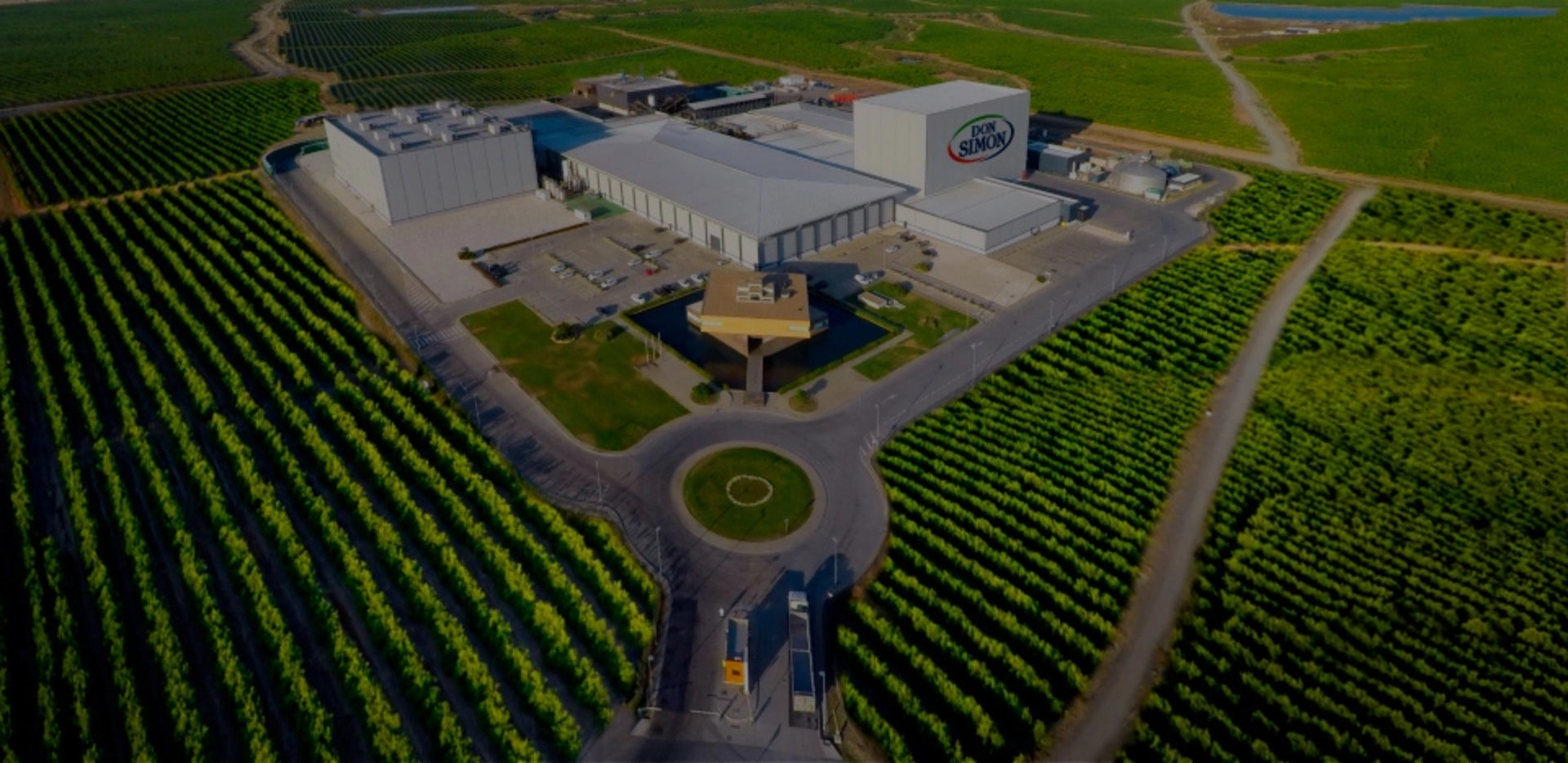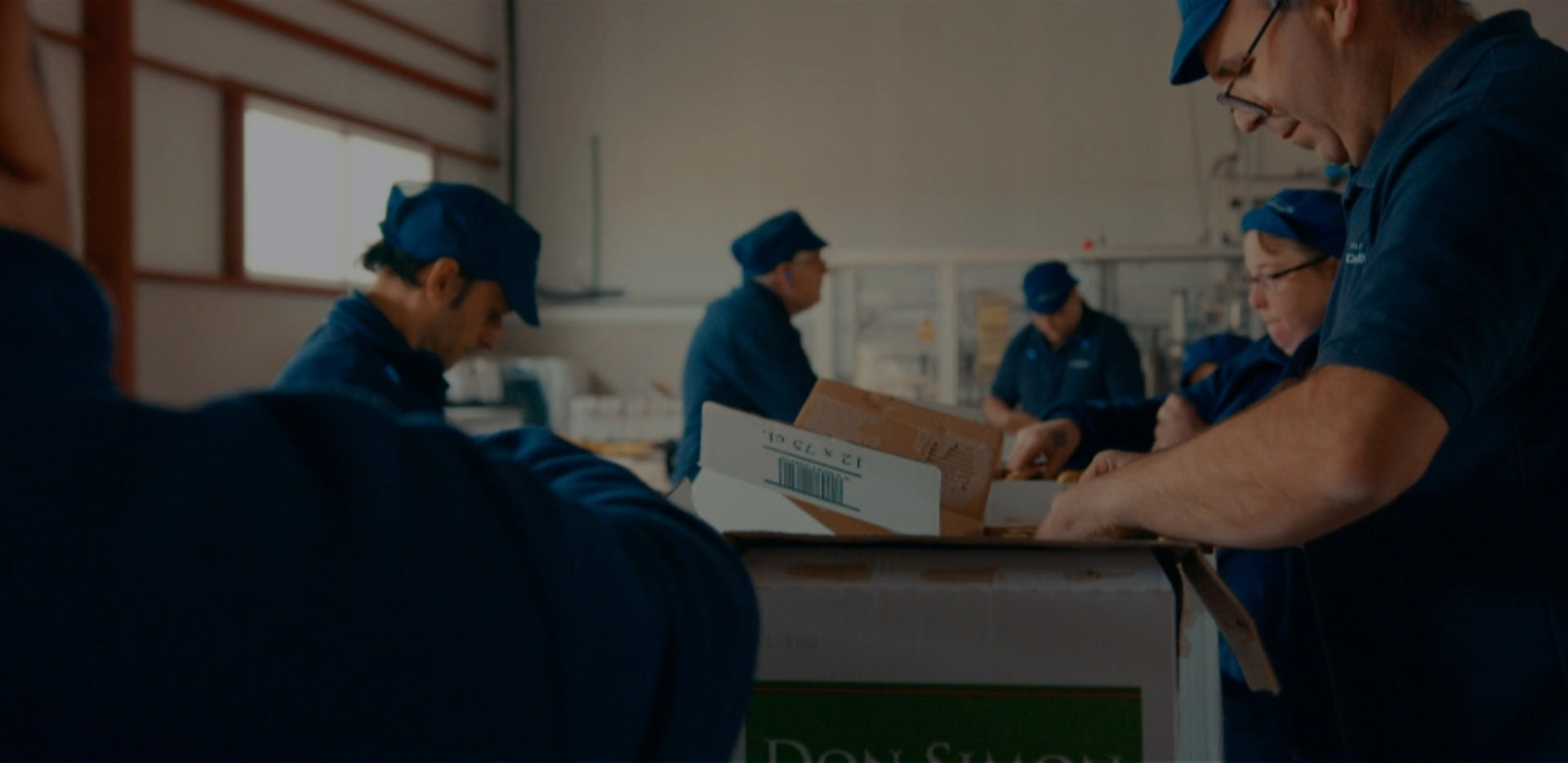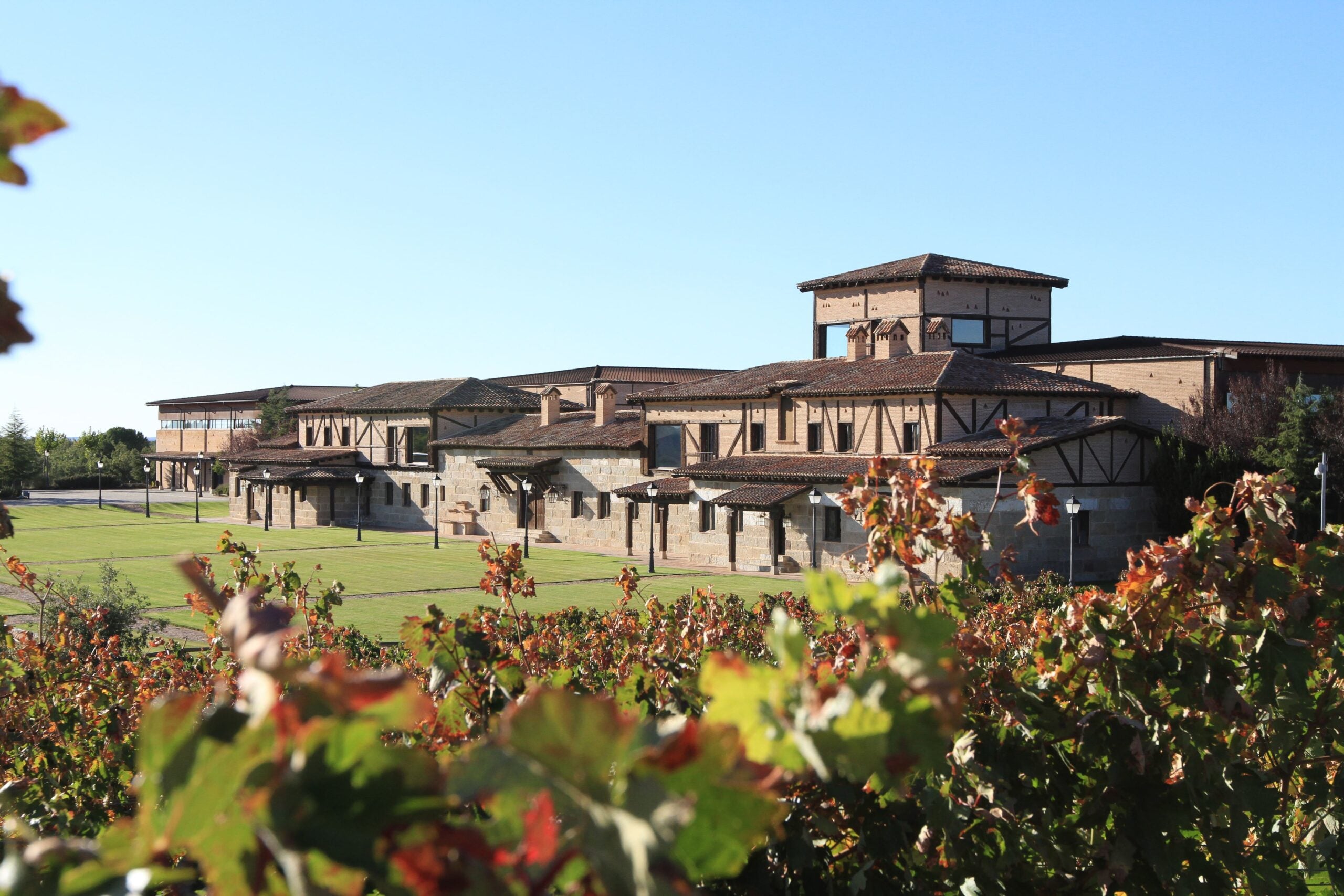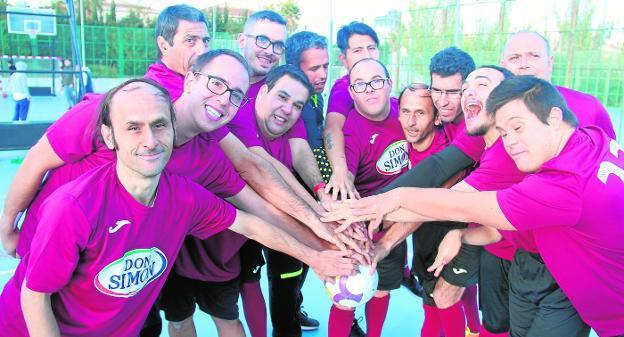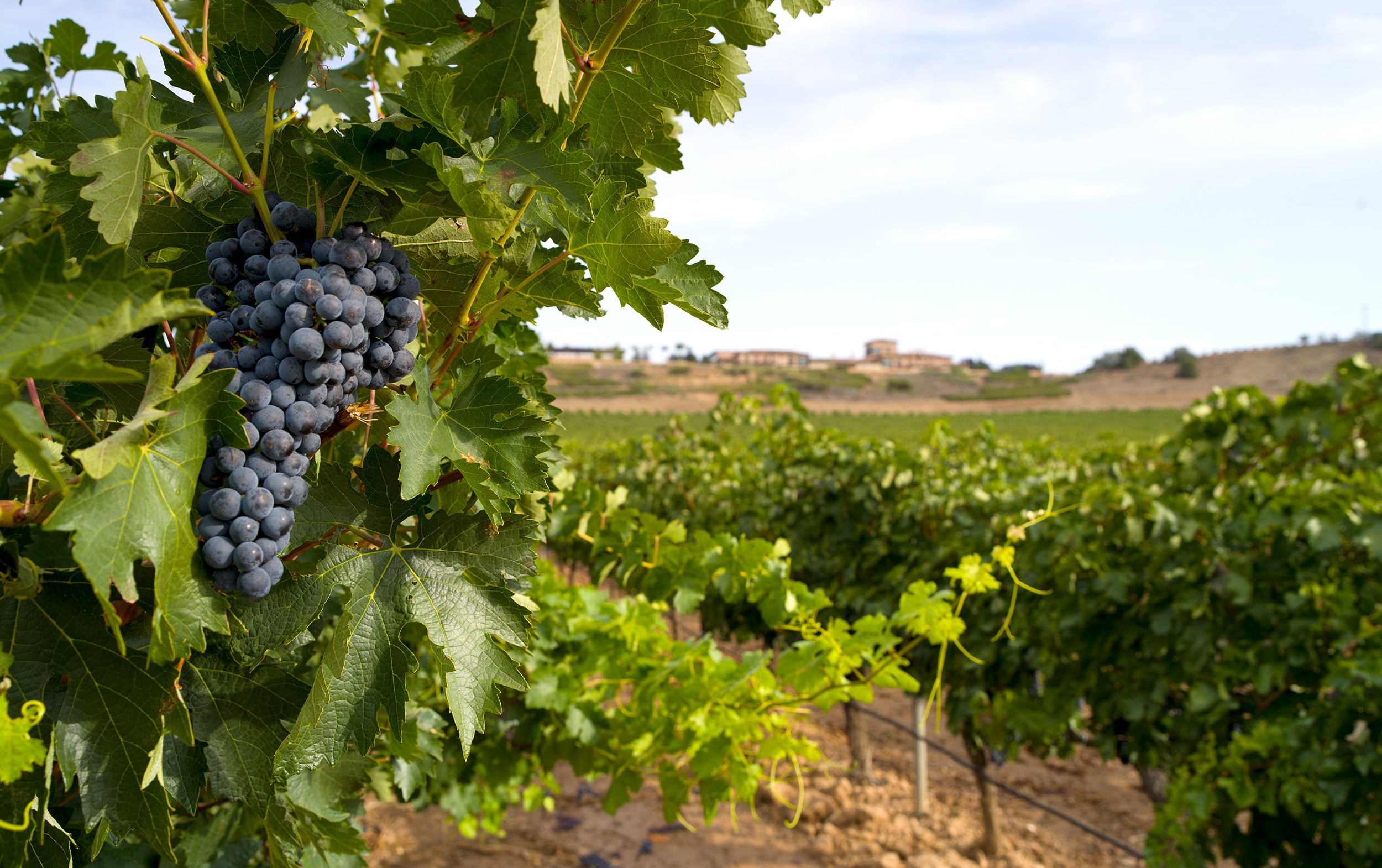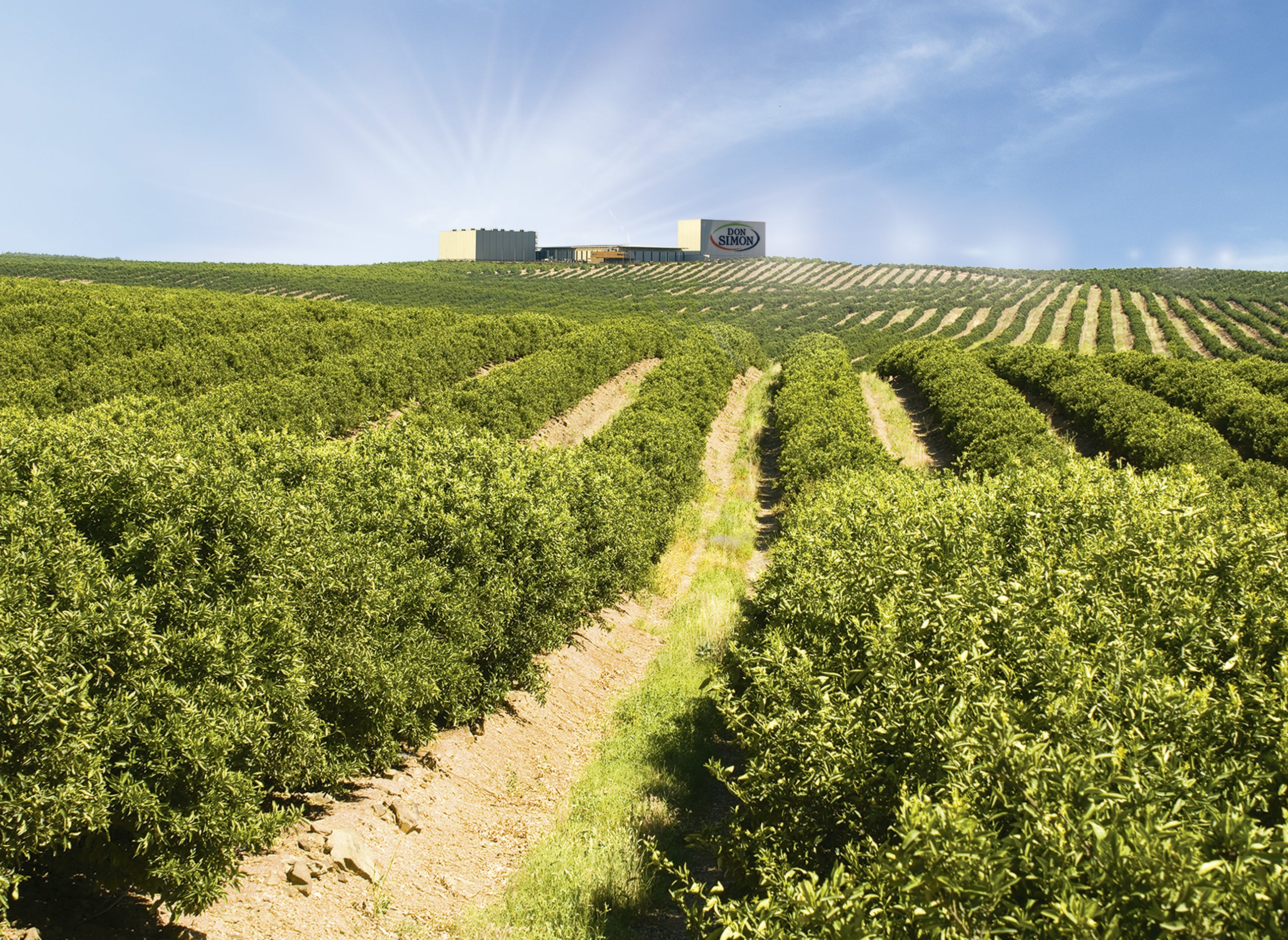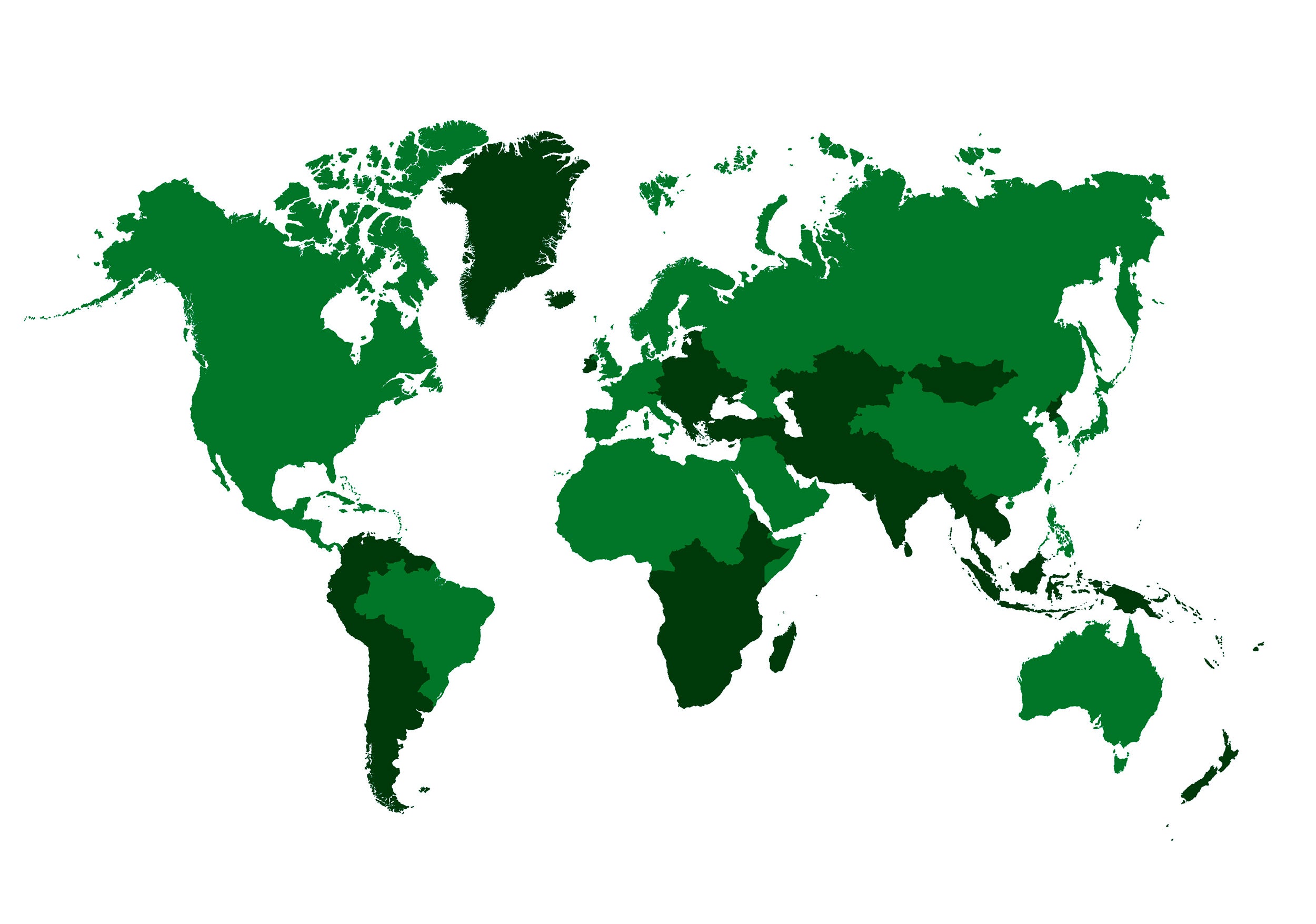Origins of the company
1870
García Carrión's agricultural tradition dates back several centuries. My ancestors, the Carrión family, owned vineyards. They grew their grapes and sold the wine from their own winery.
In 1870, they began marketing their wine in Murcia, Cartagena, Lorca, and some nearby towns in the province of Almería. The wine was transported in wooden barrels.

1890
In 1890, my great-grandfather built a new winery due to the boom in Jumilla wine exports to France, caused by the phylloxera plague that devastated his vineyards. Thus, 1890 is the year my family credits as the founding of García-Carrión.
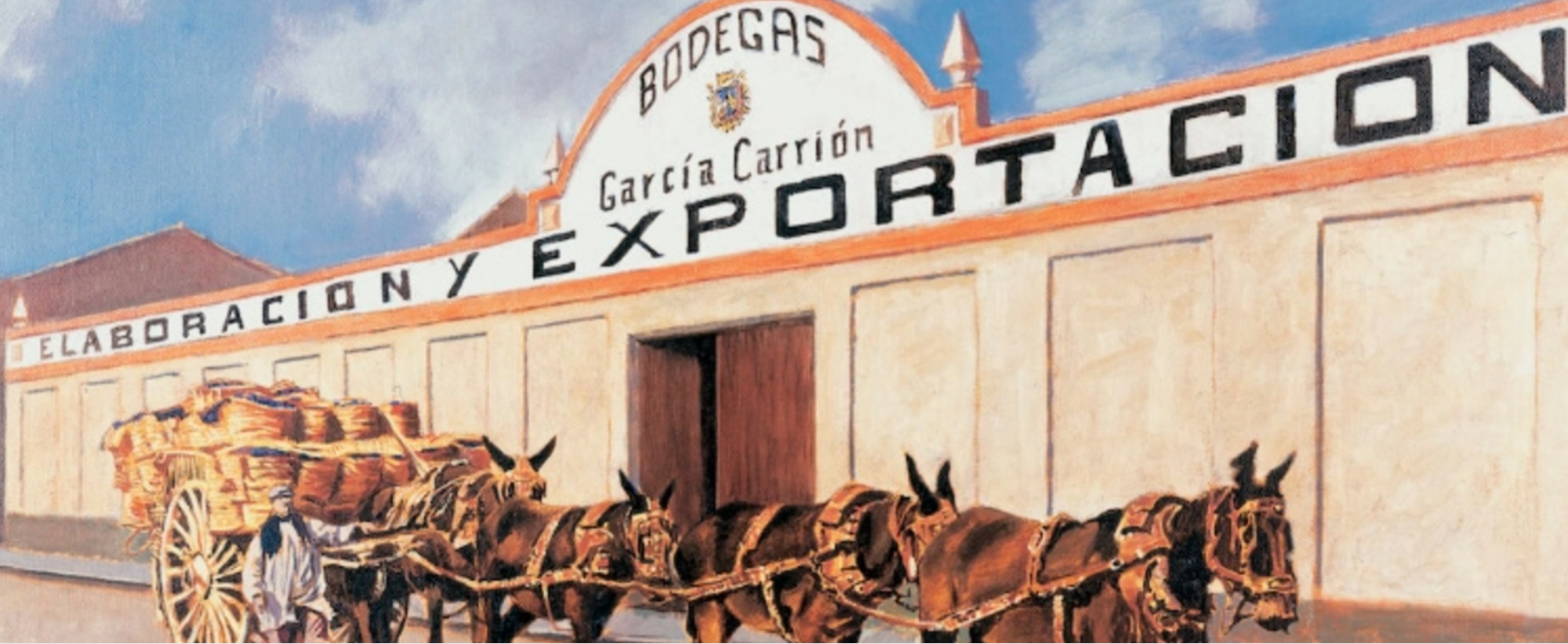
I learned about my family's long history through two great farmers: my grandfather and my father. From a very young age, I remember accompanying my grandfather to his vineyards. He would tell me how, through his hard work, he had managed to plant and cultivate each plot.
Later, my father and his brothers followed the same path despite going through difficult times, such as those following the Civil War, when it was very difficult to carry out any activity. Despite these problems, however, they continued to preserve and expand their vineyards.
From my family, I learned the entire process of grape and winemaking, and they, in turn, passed on to me their passion for cultivating the land and its vineyards.
